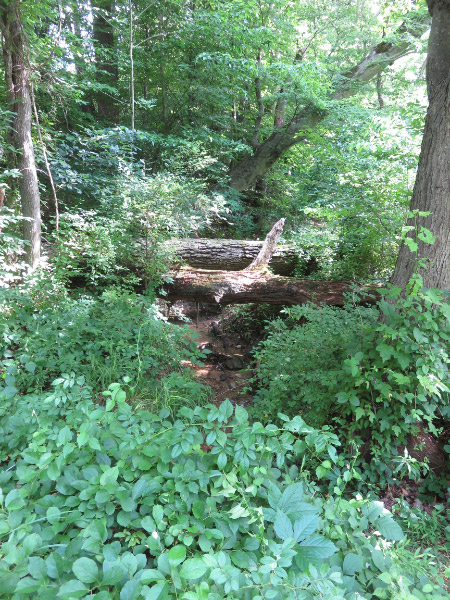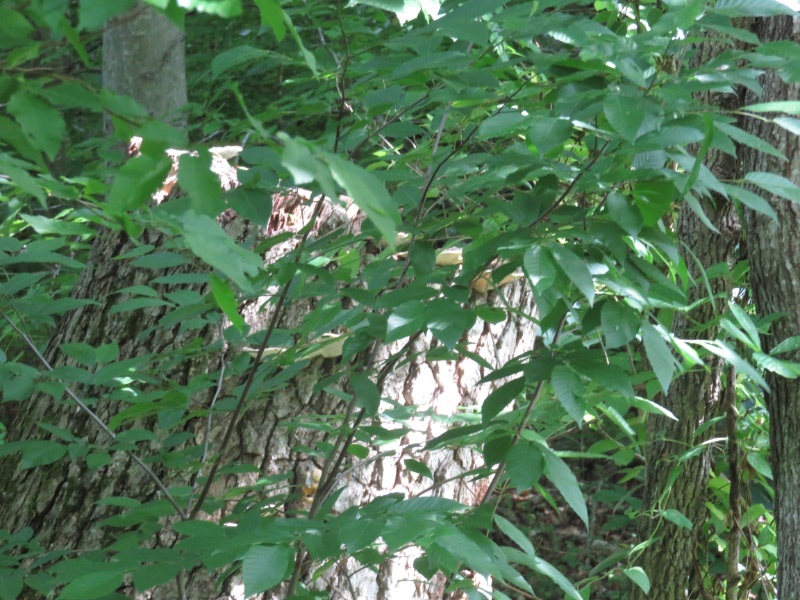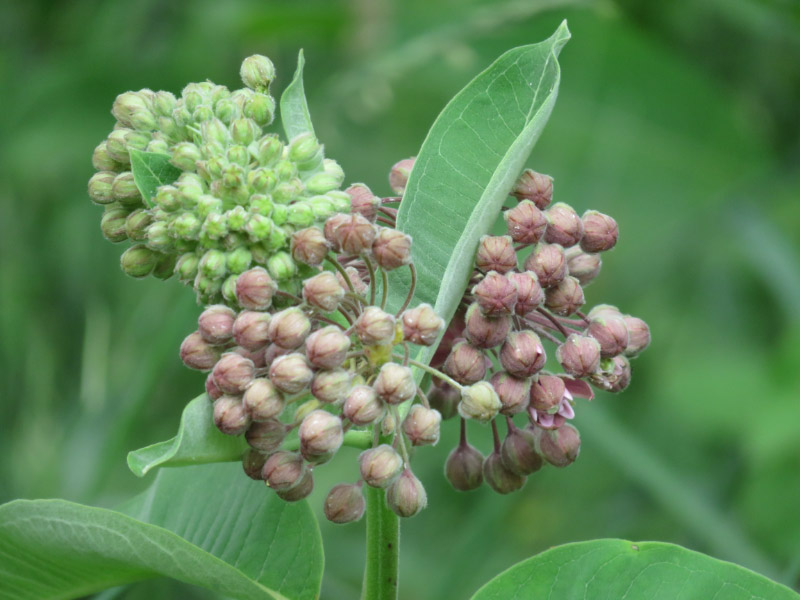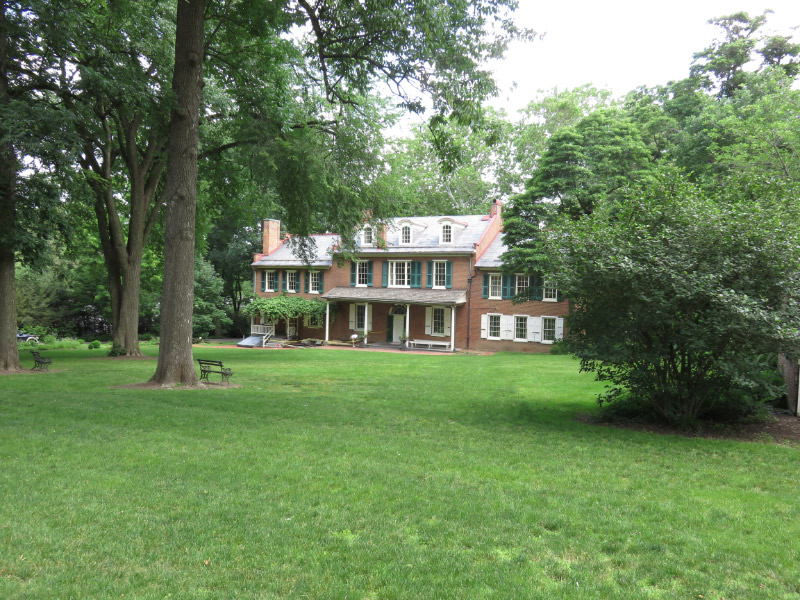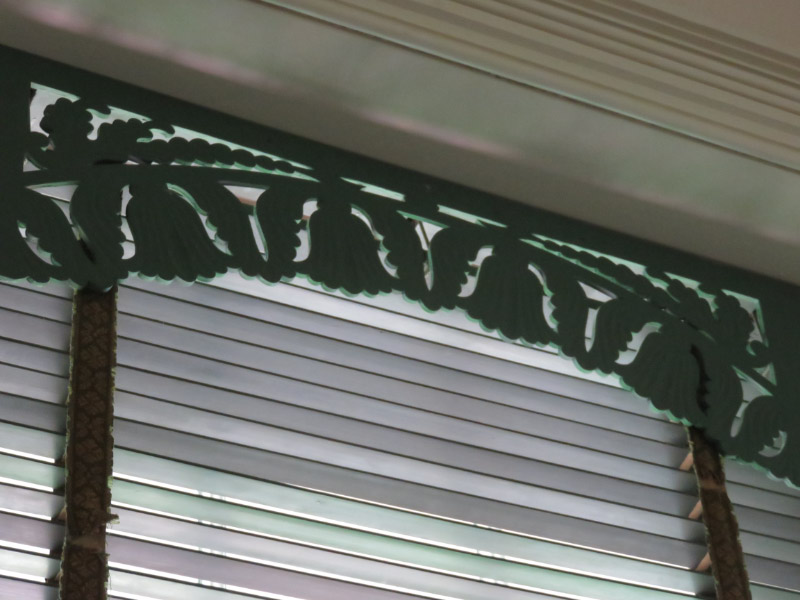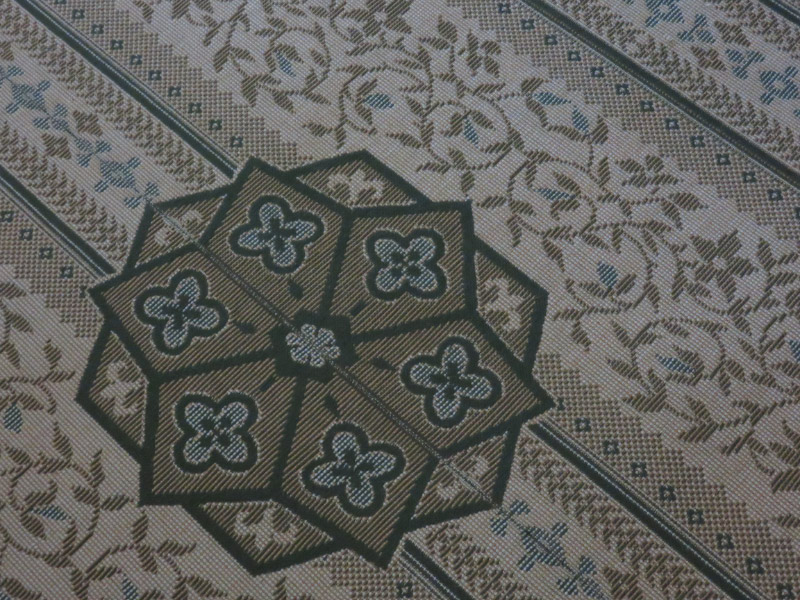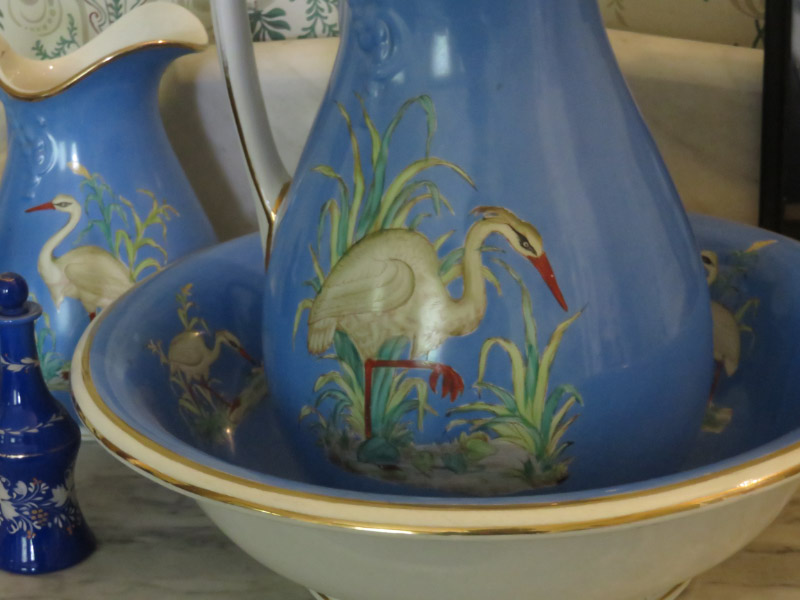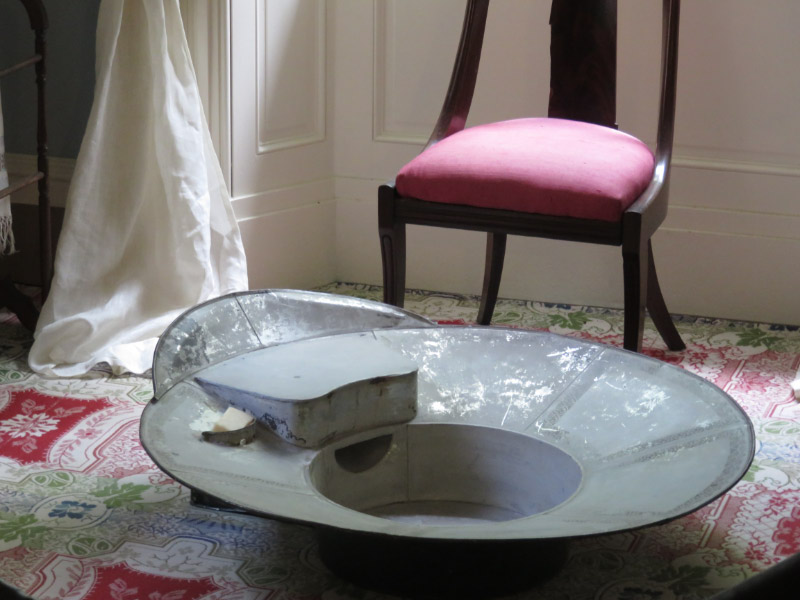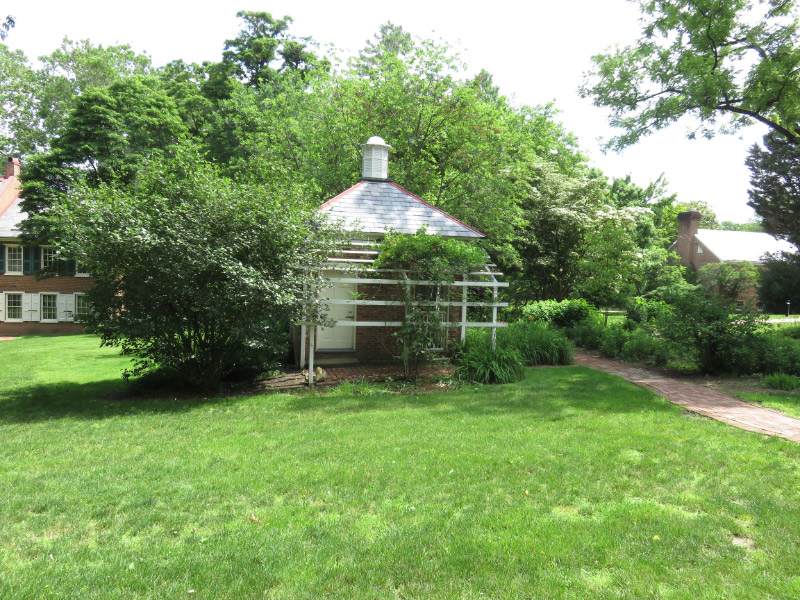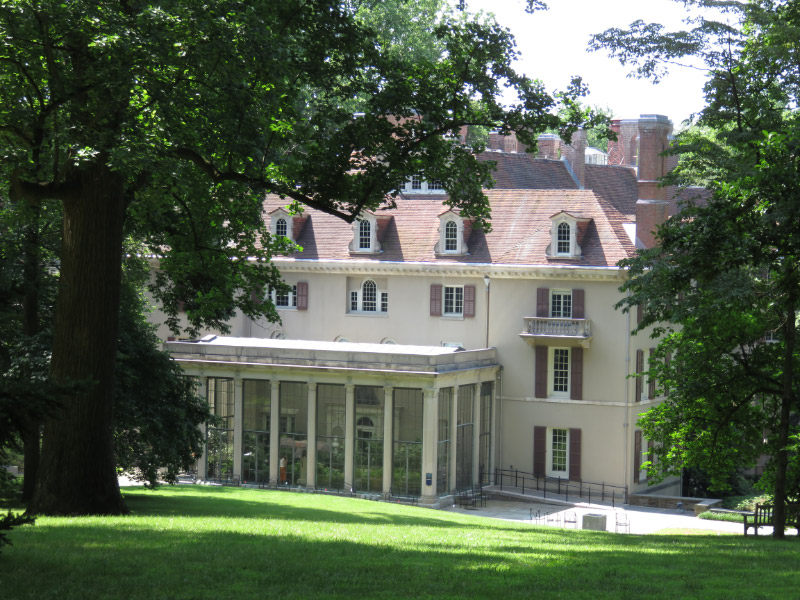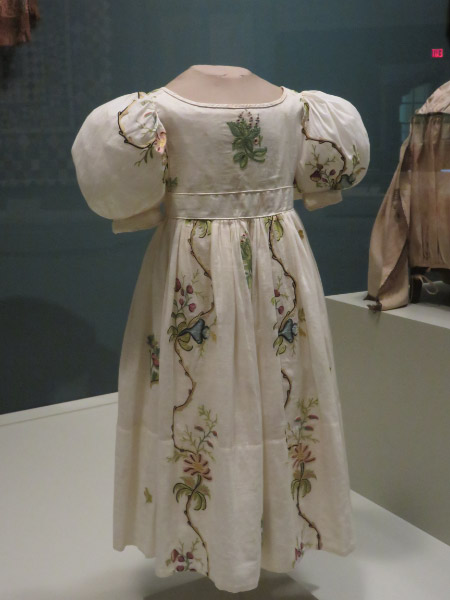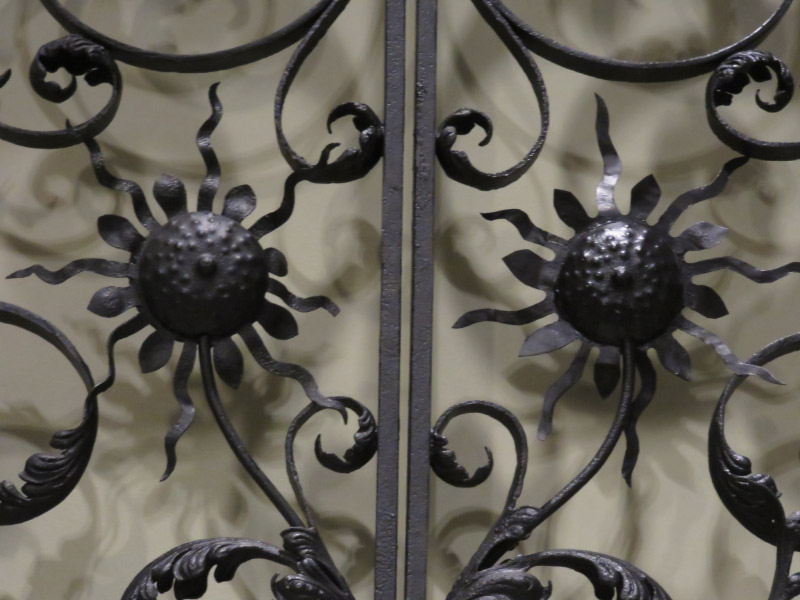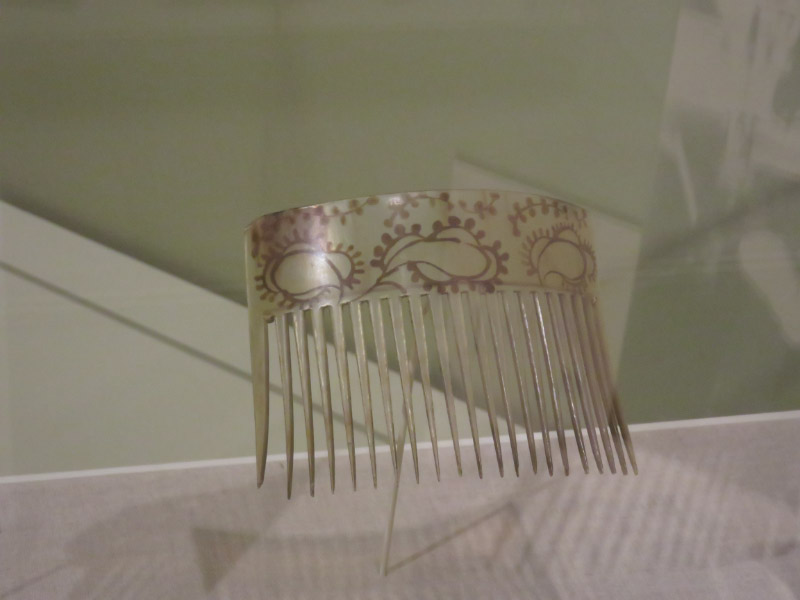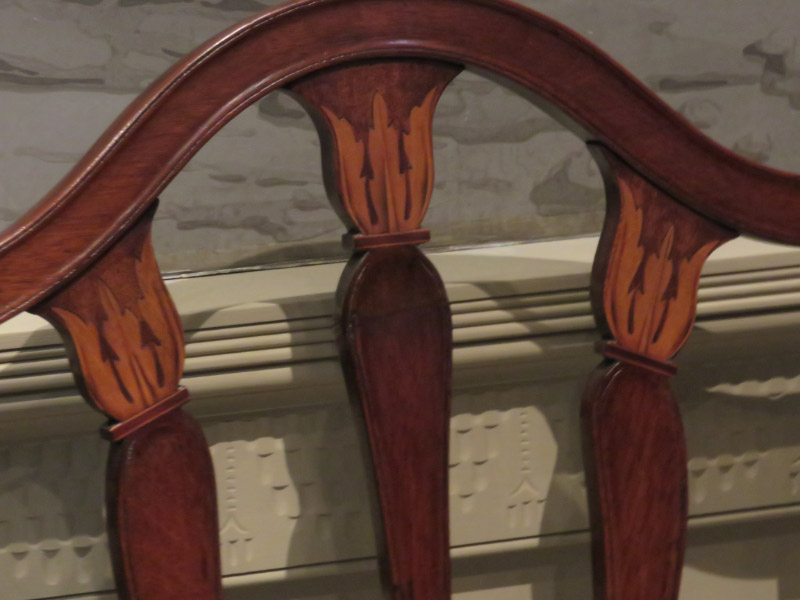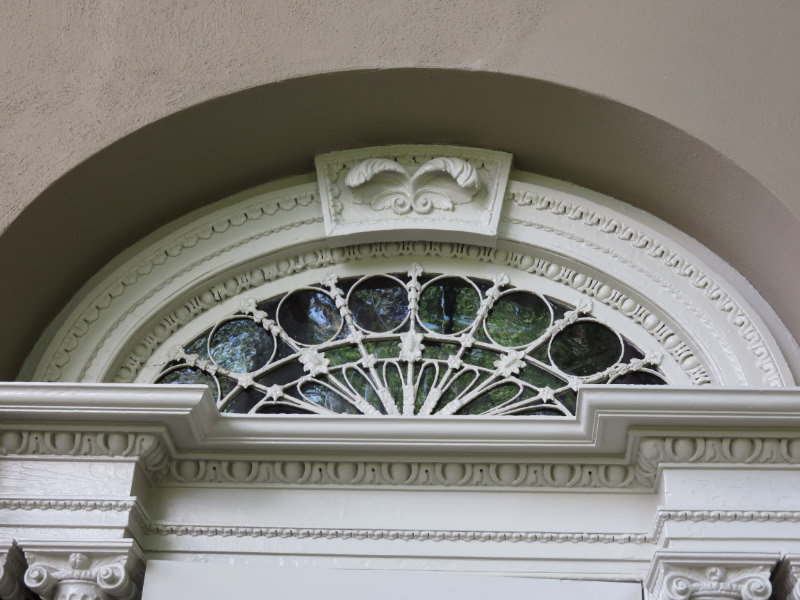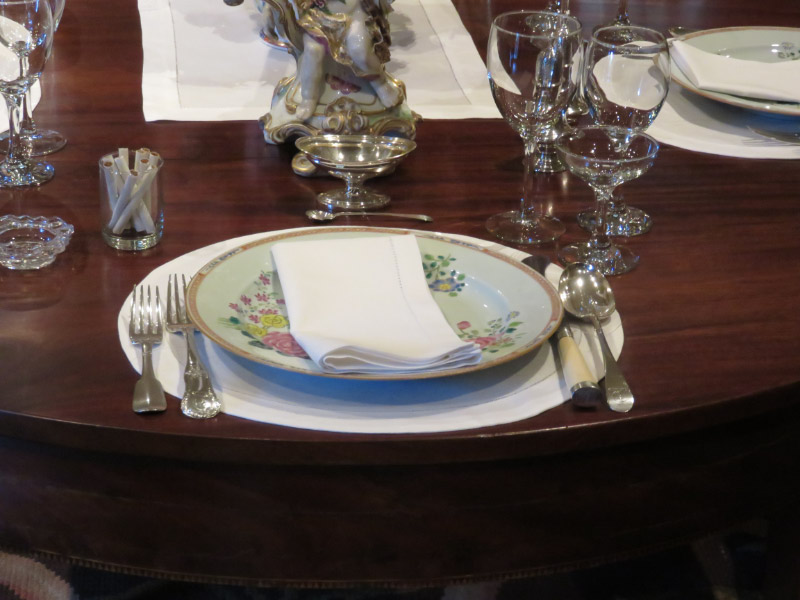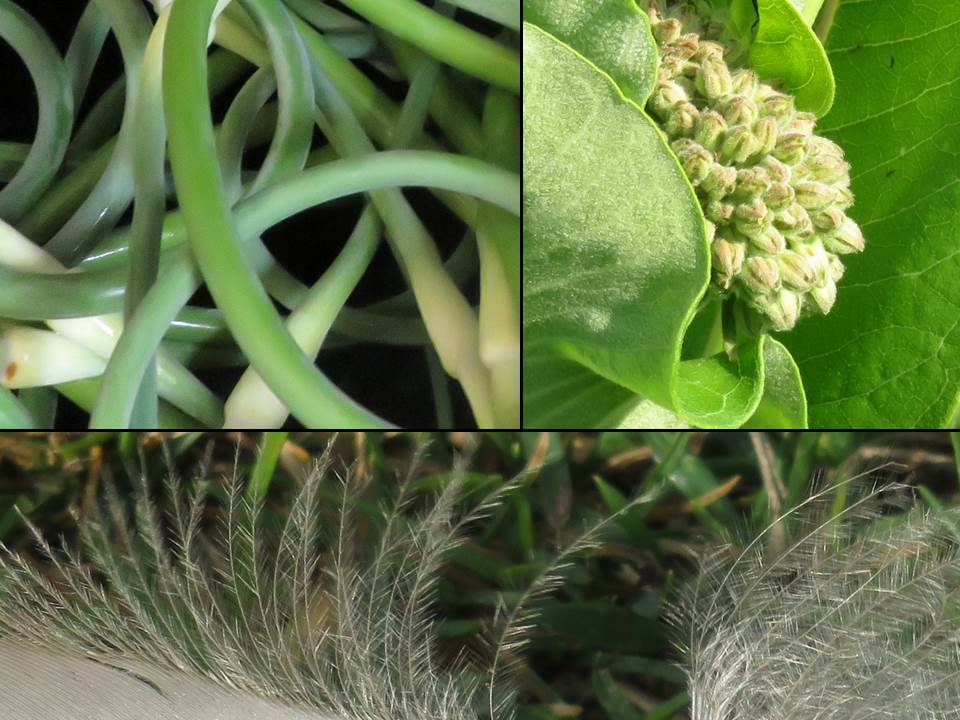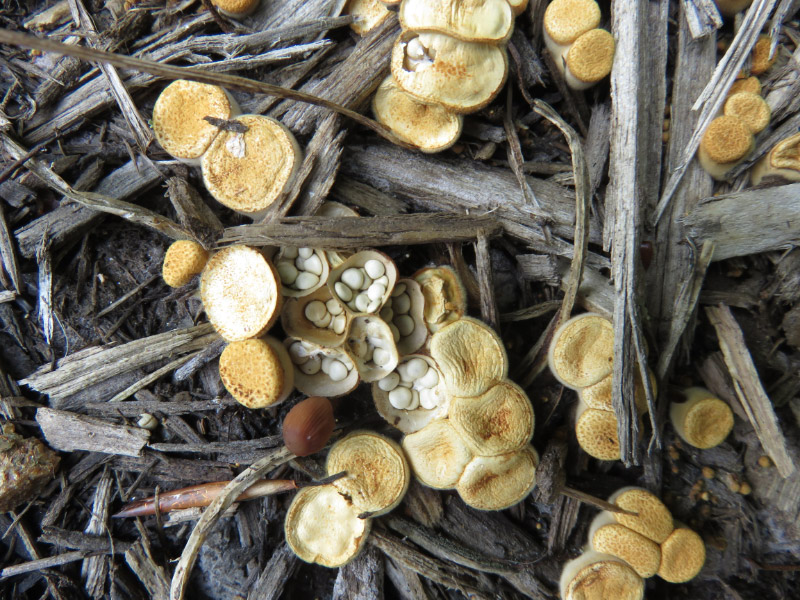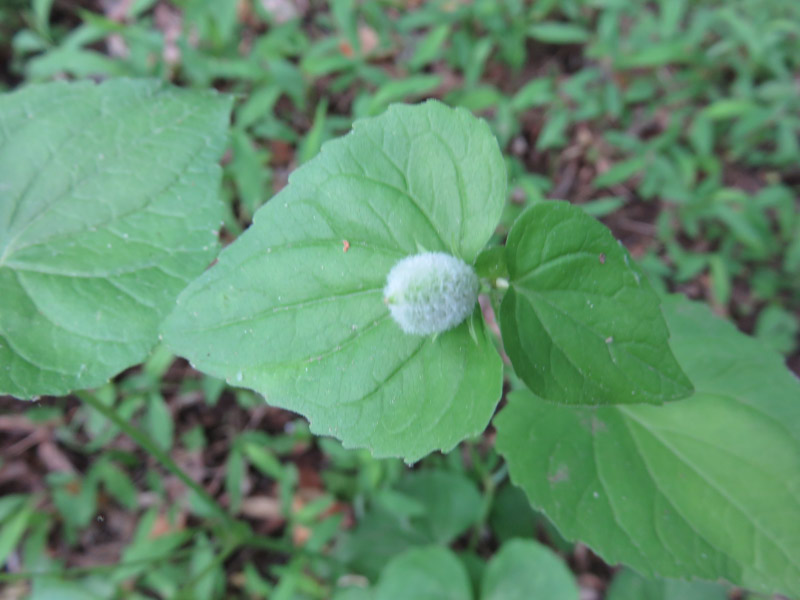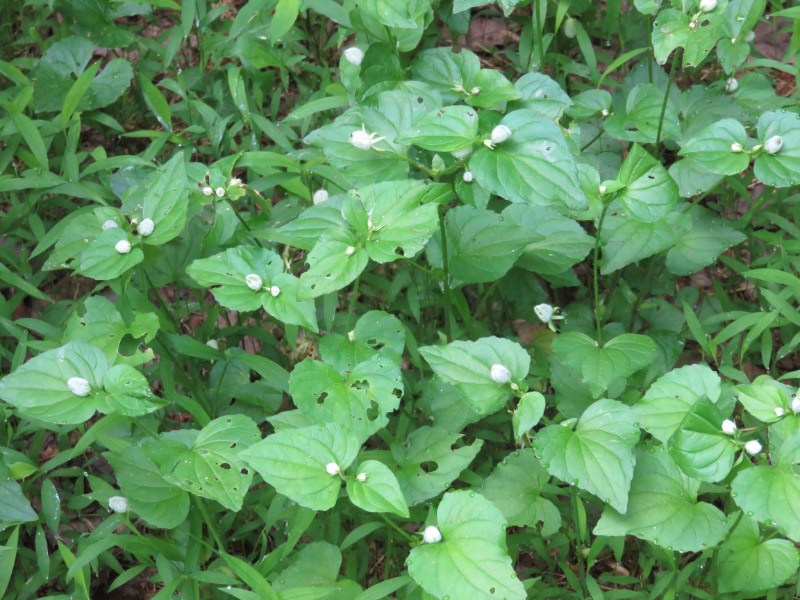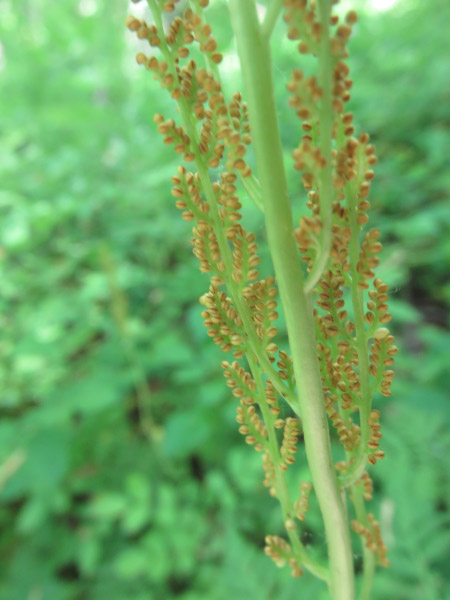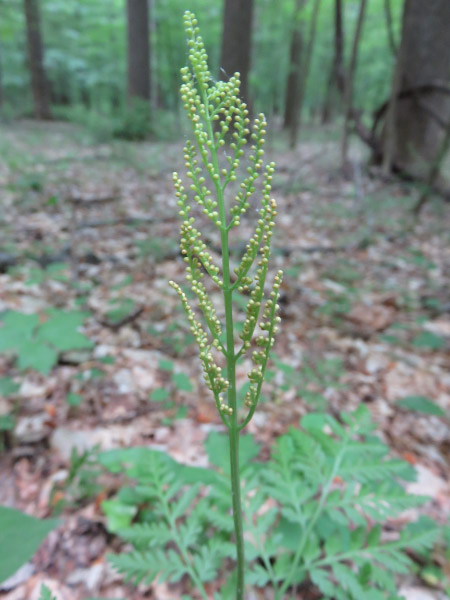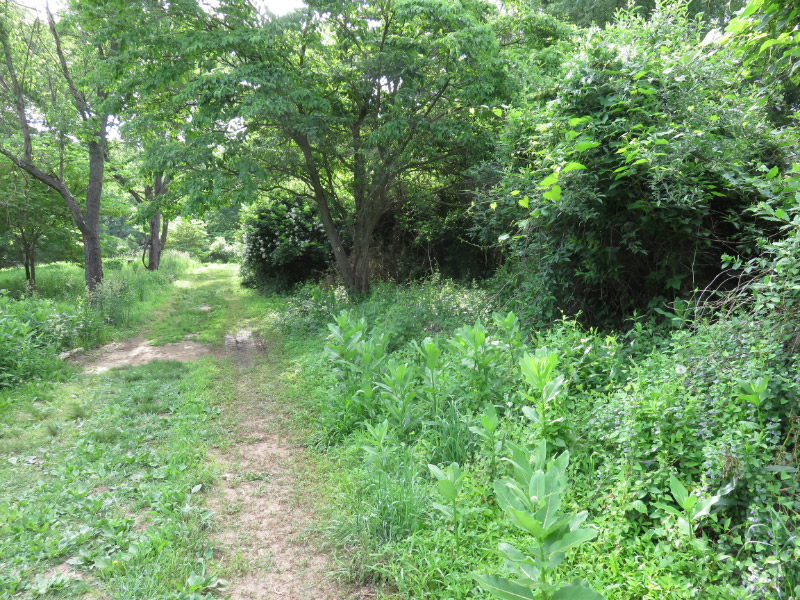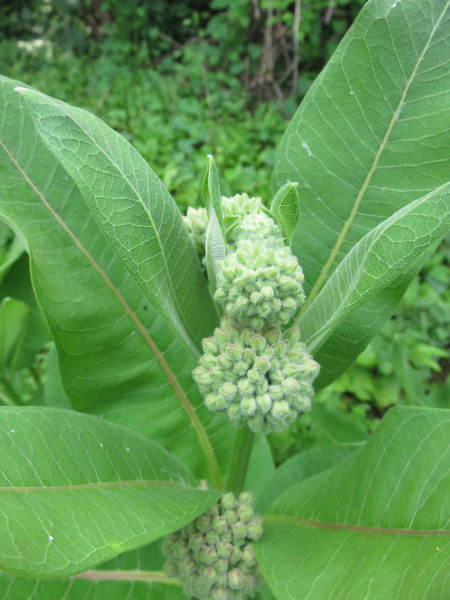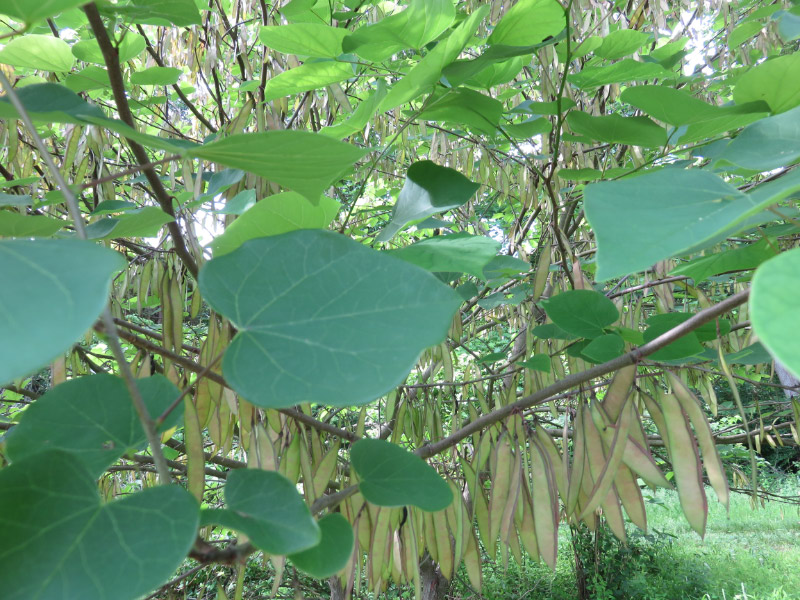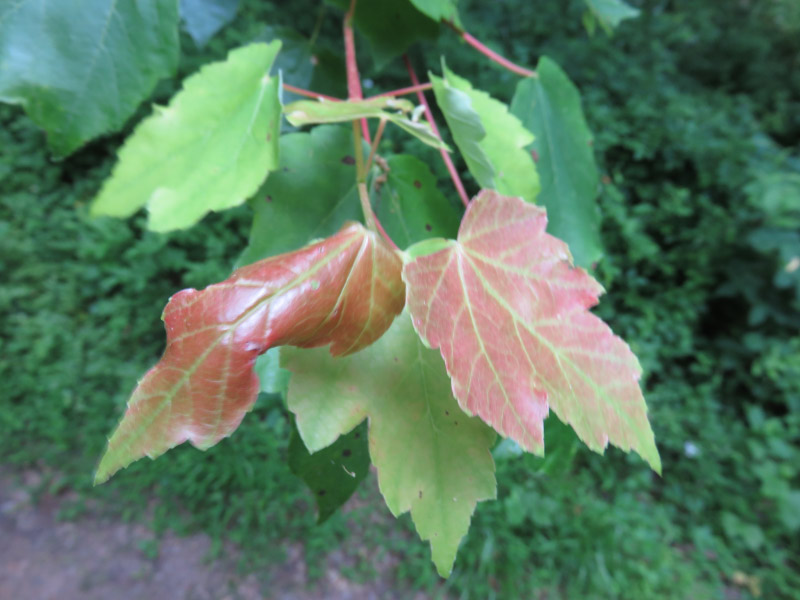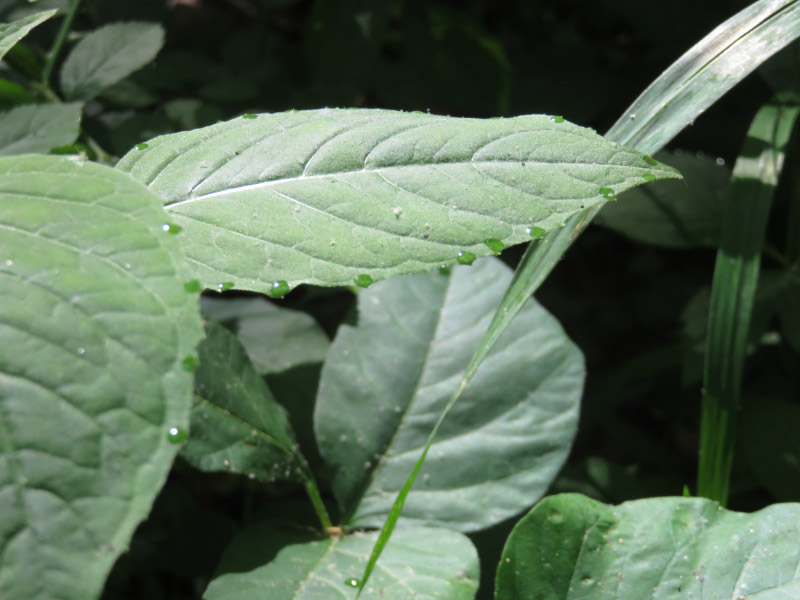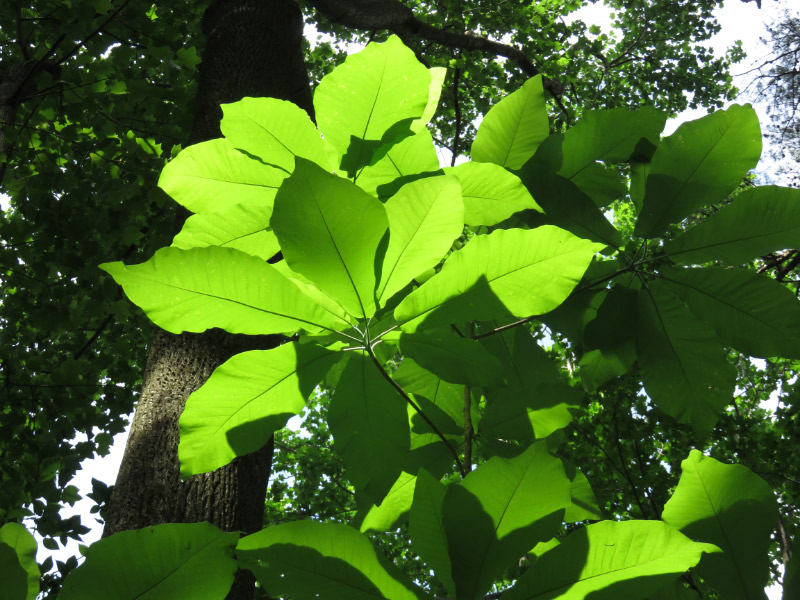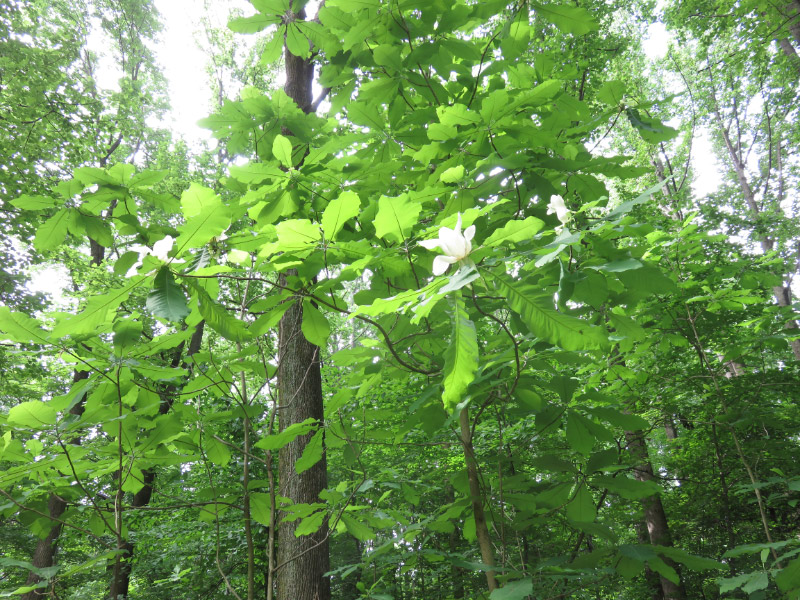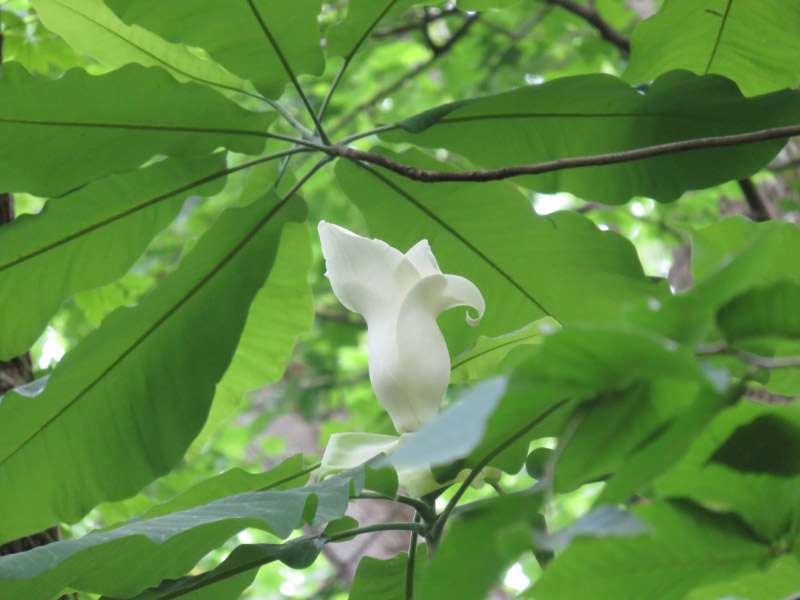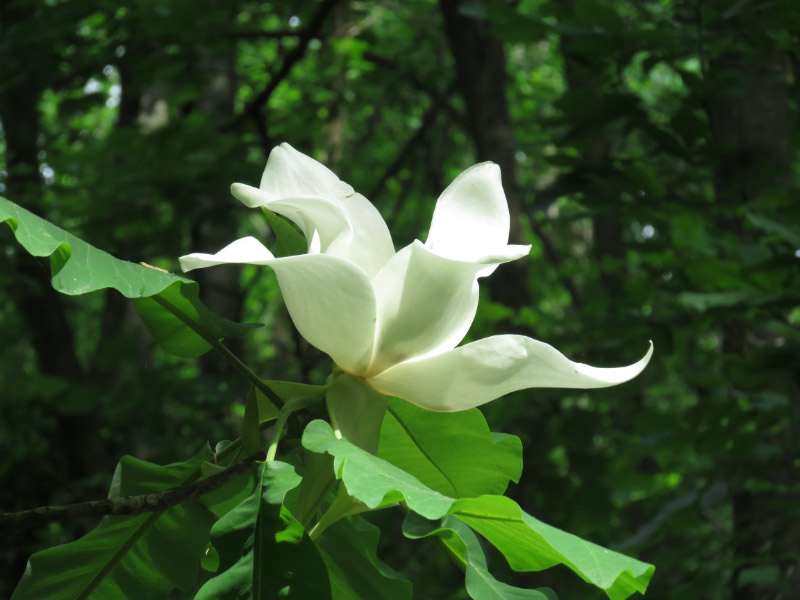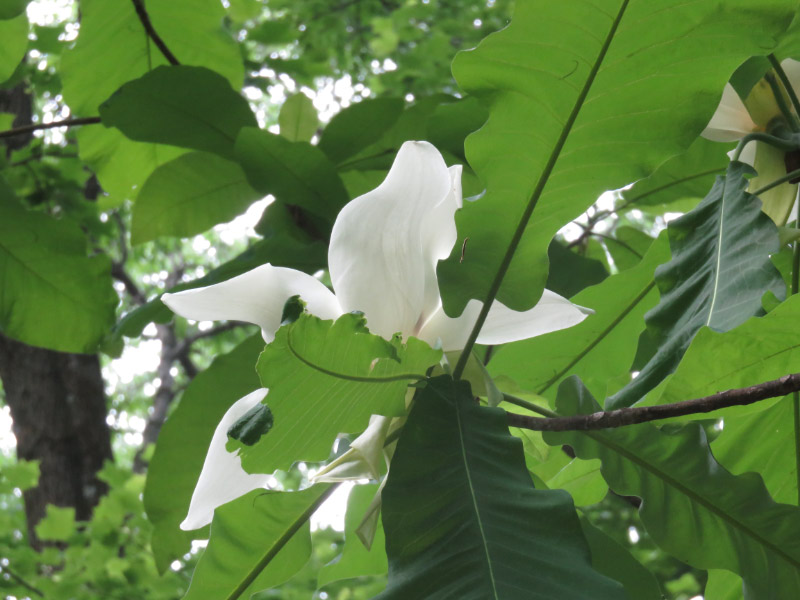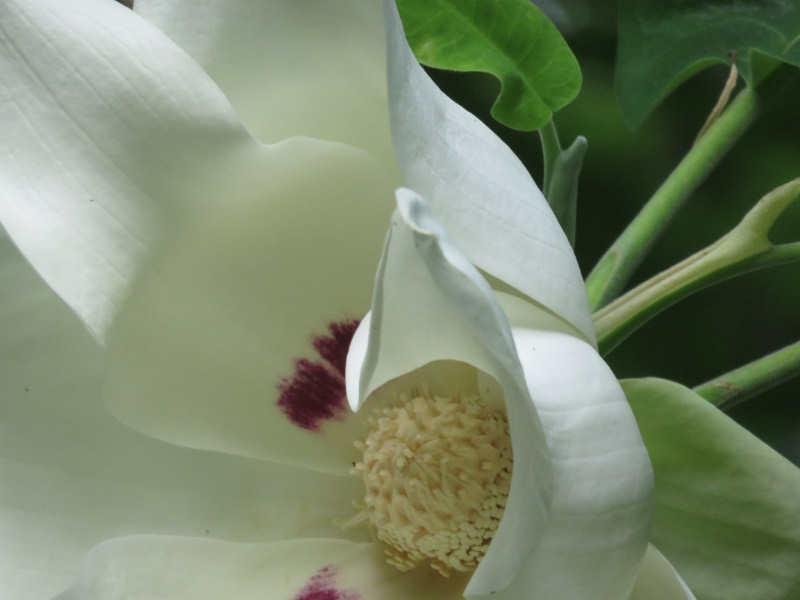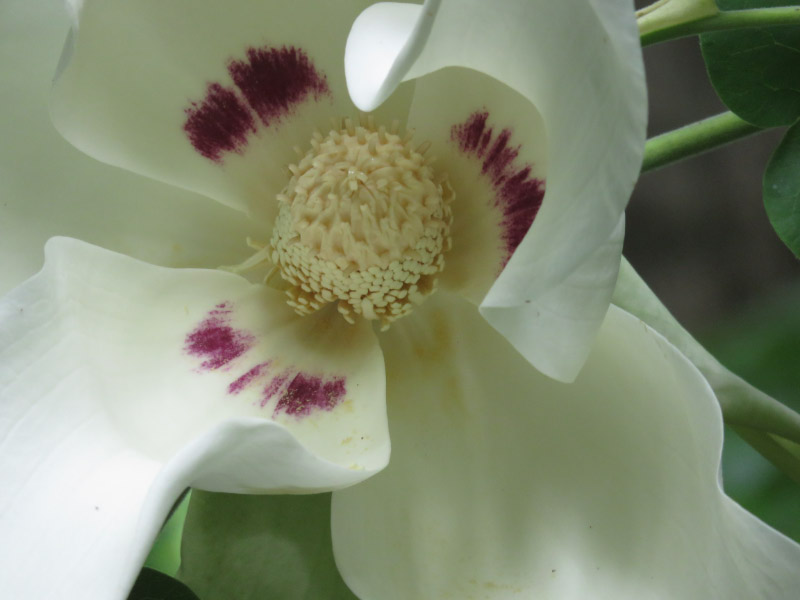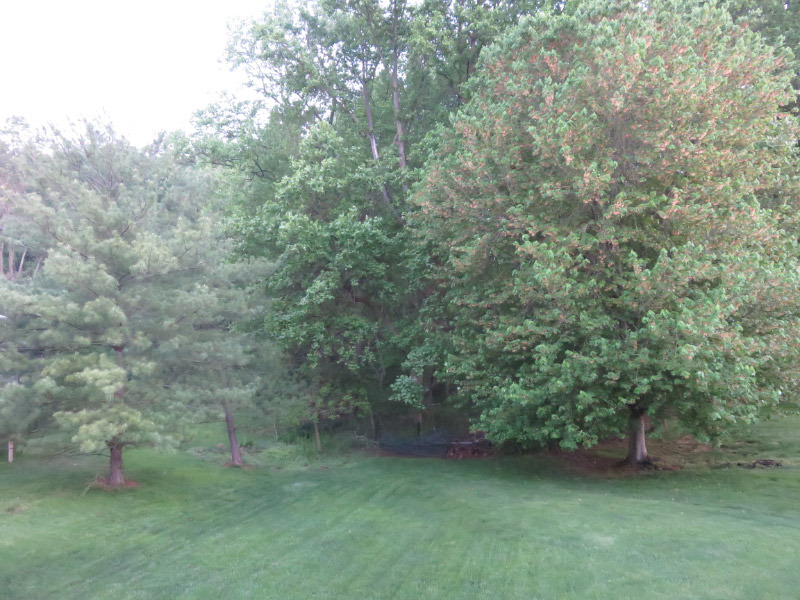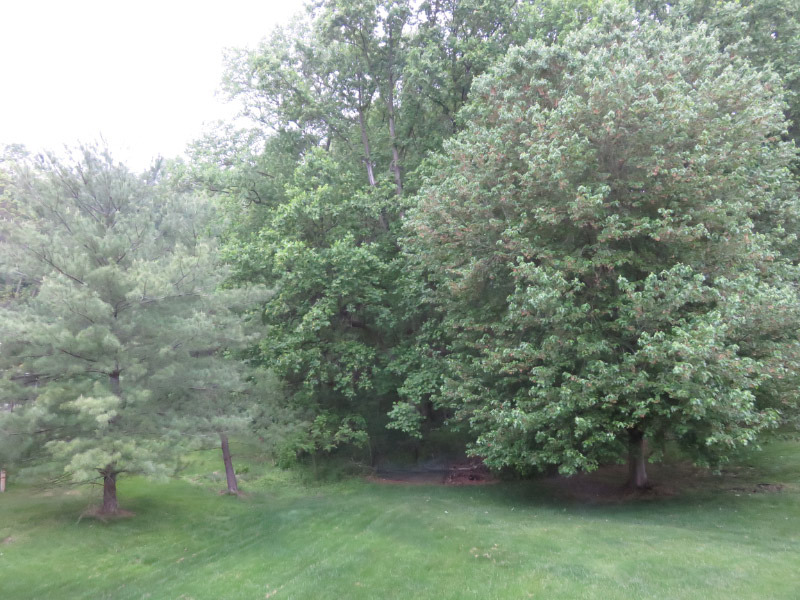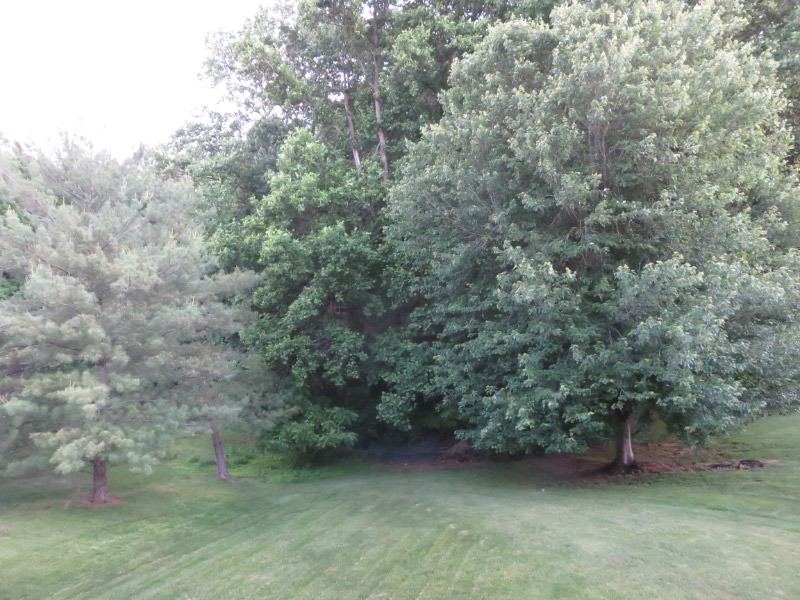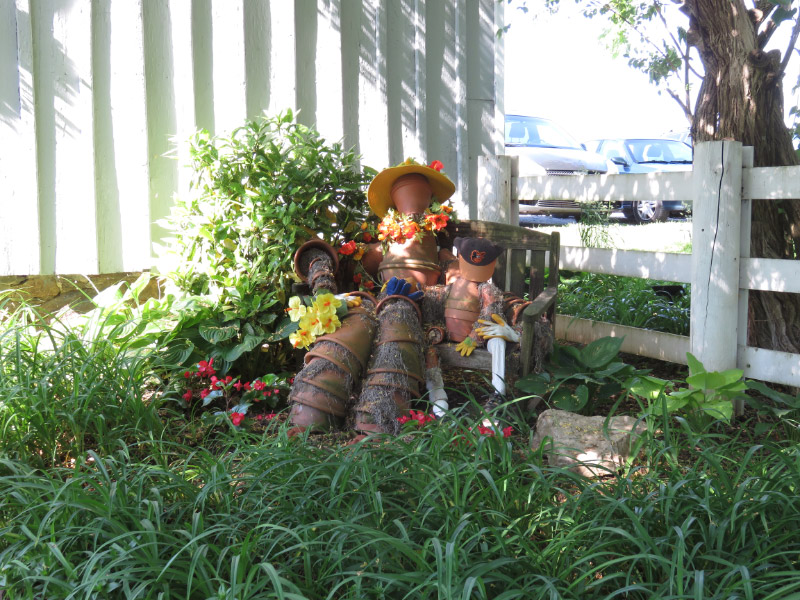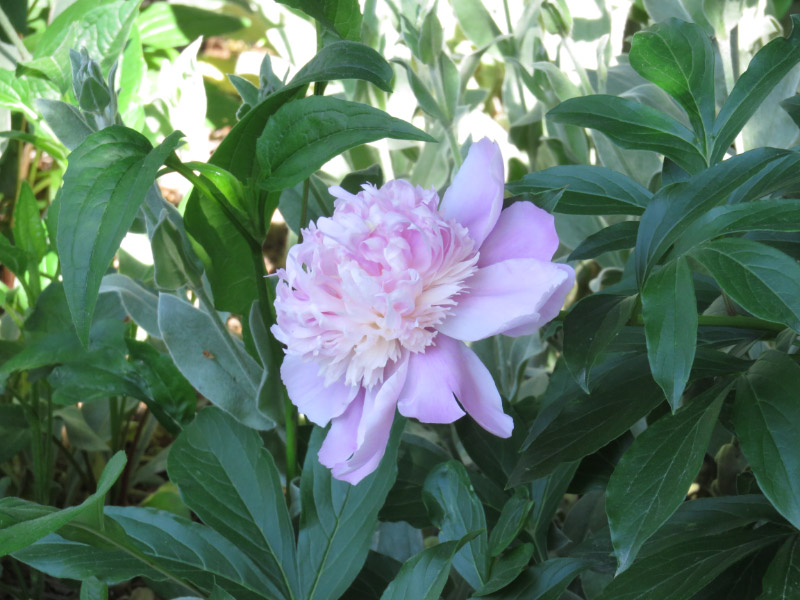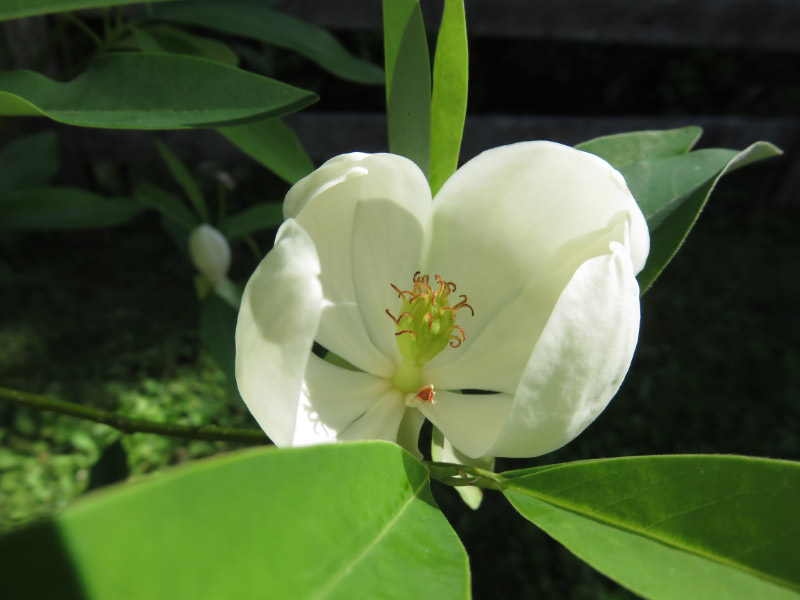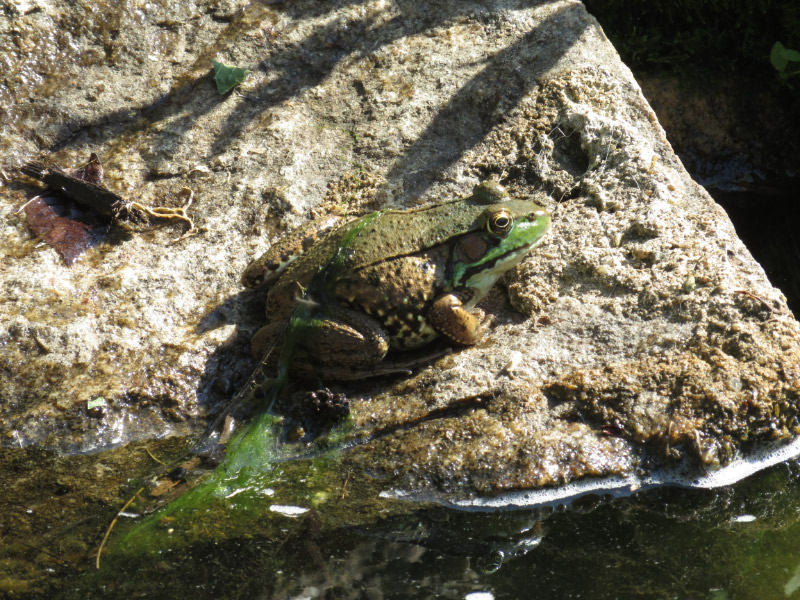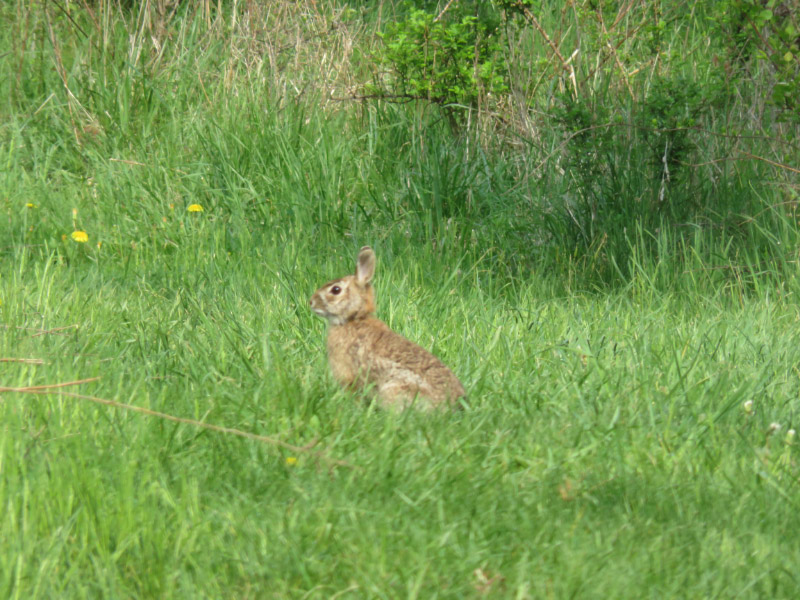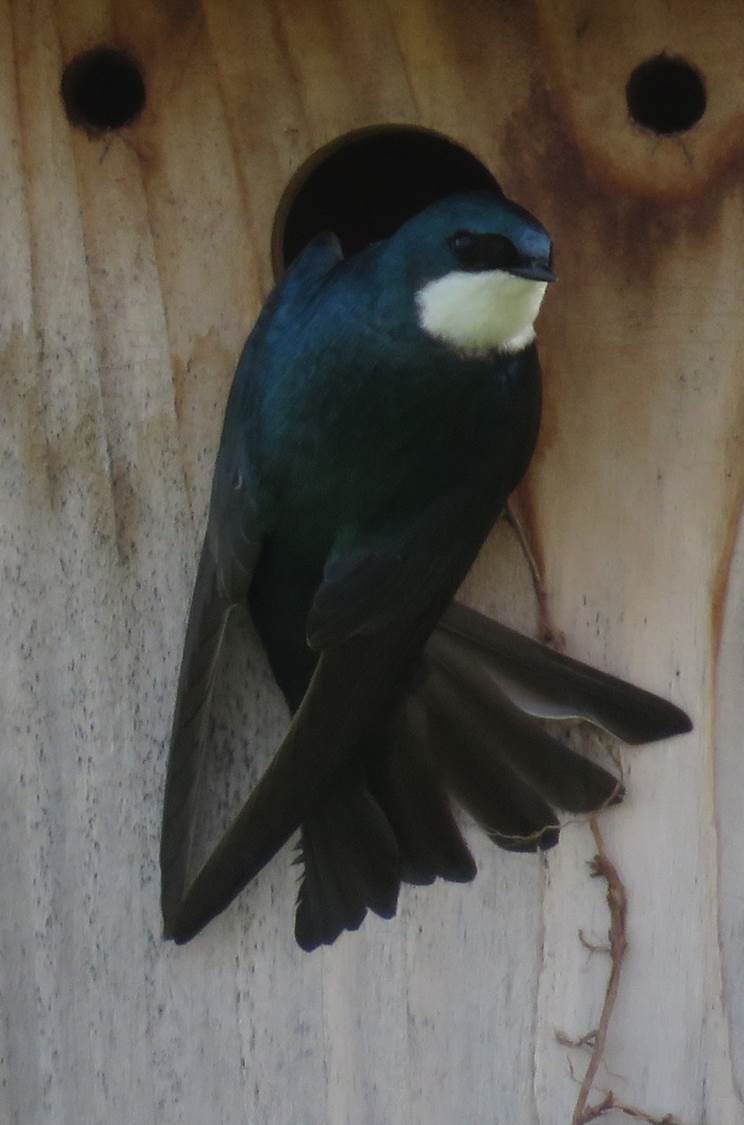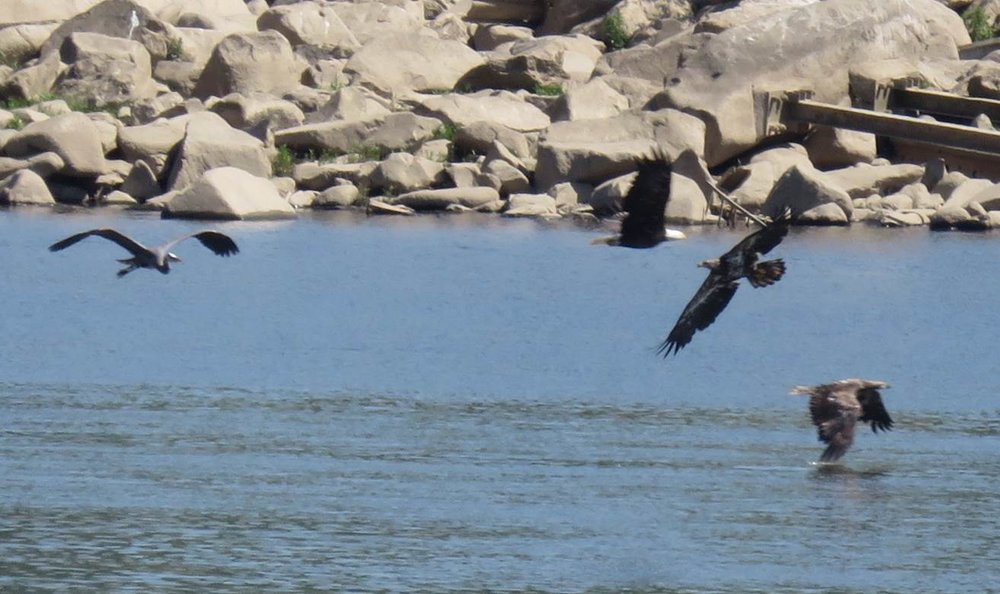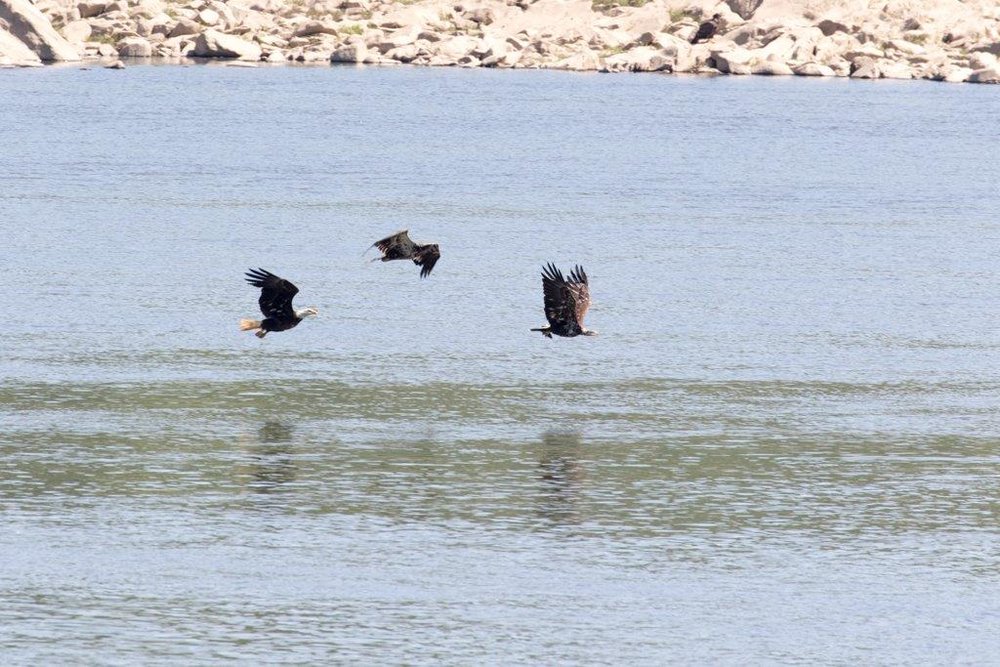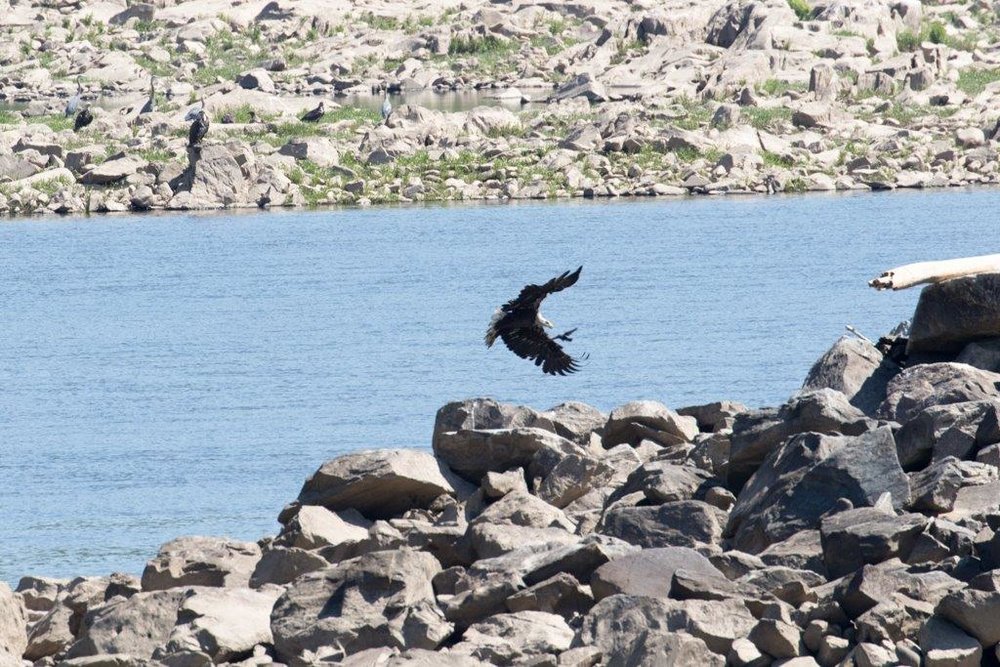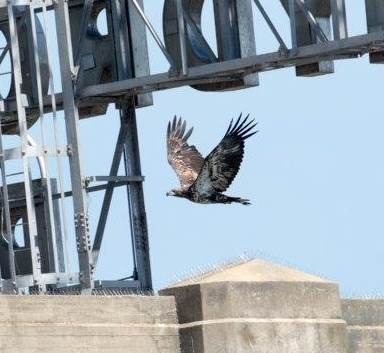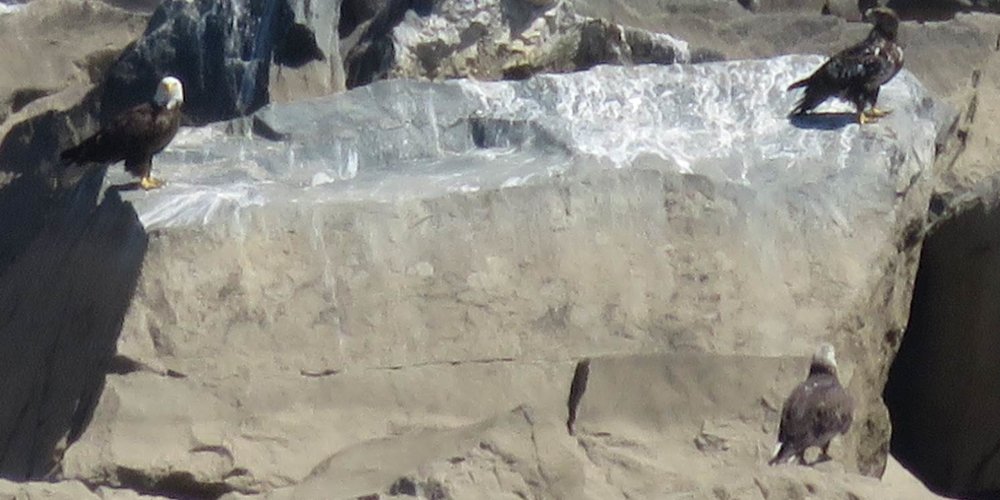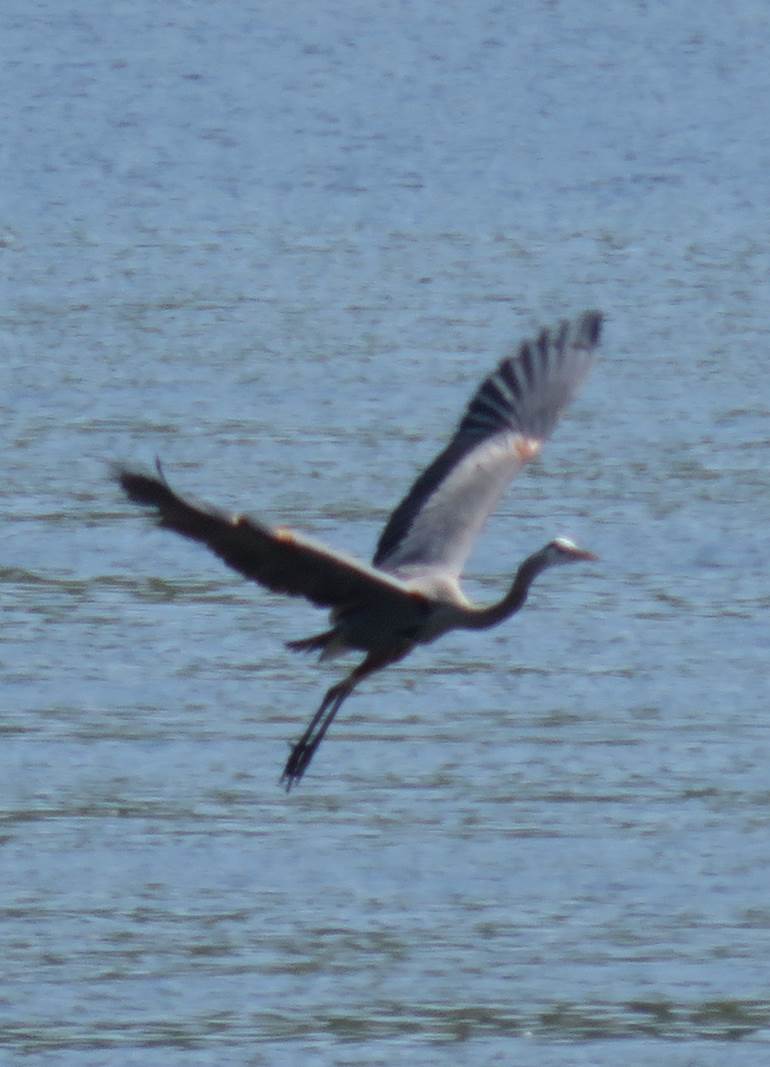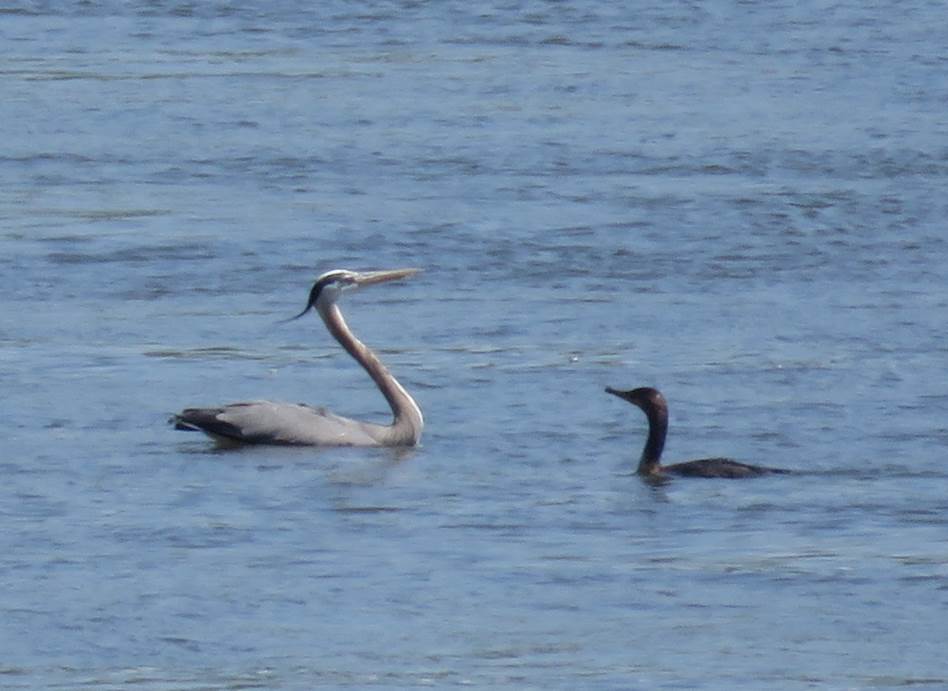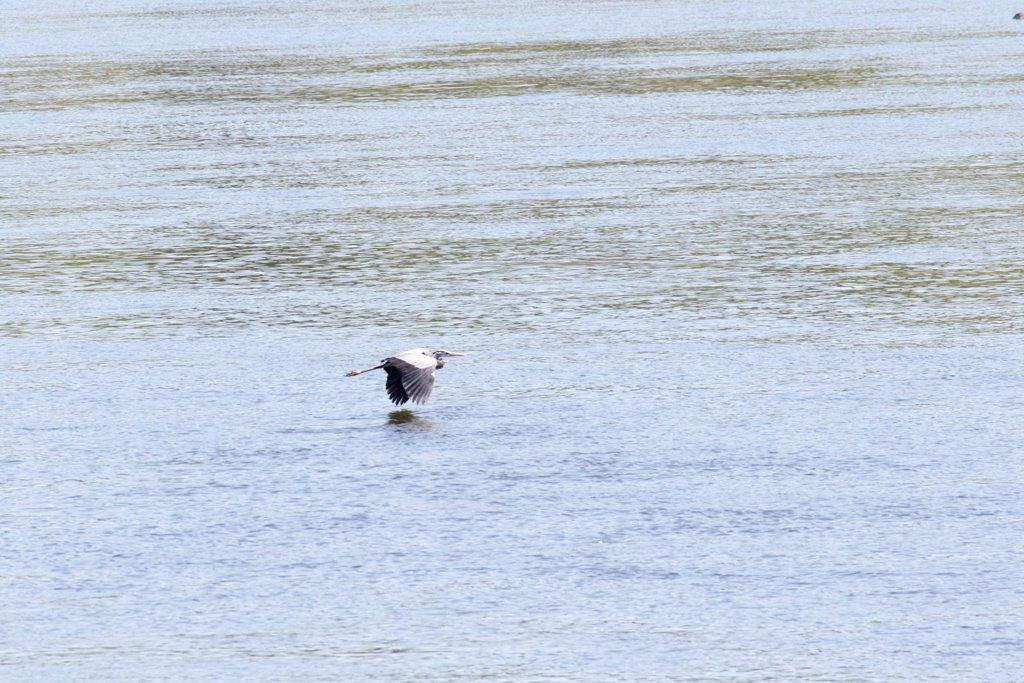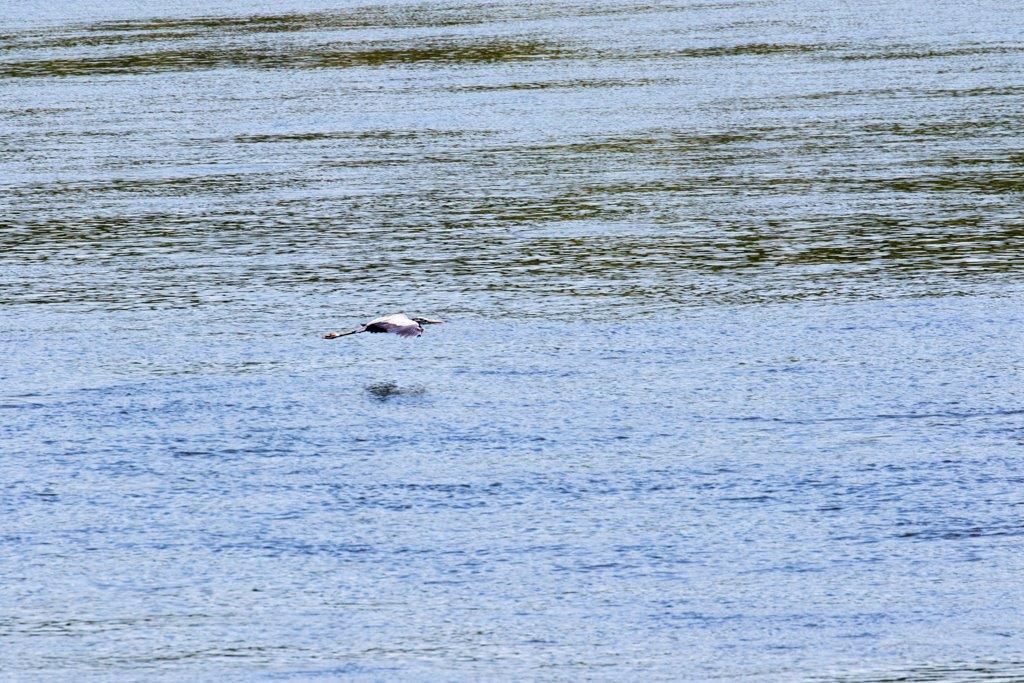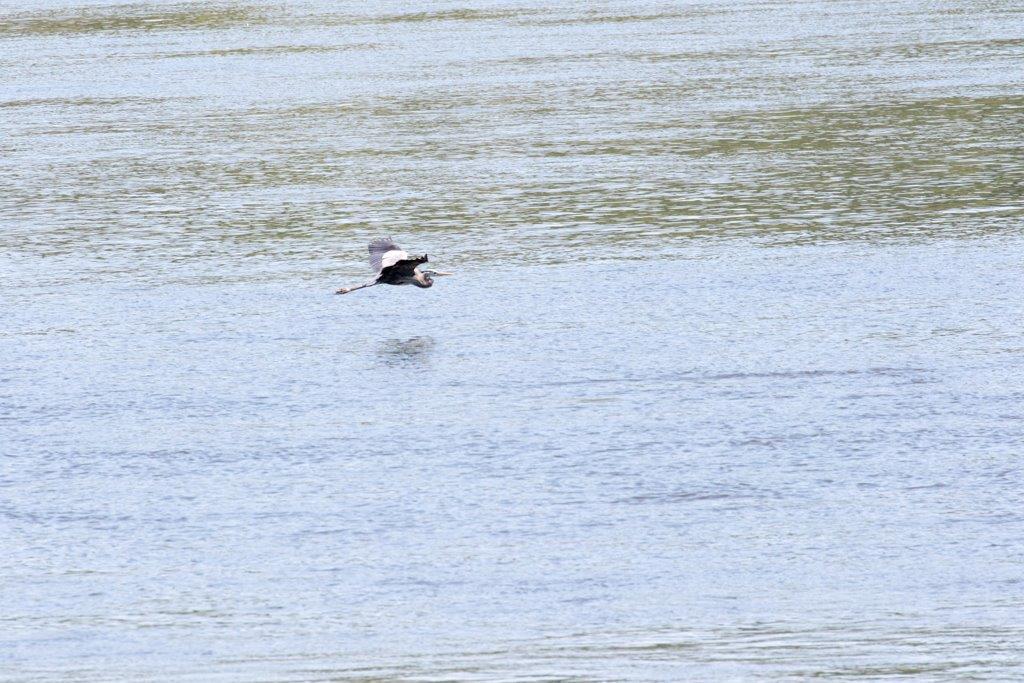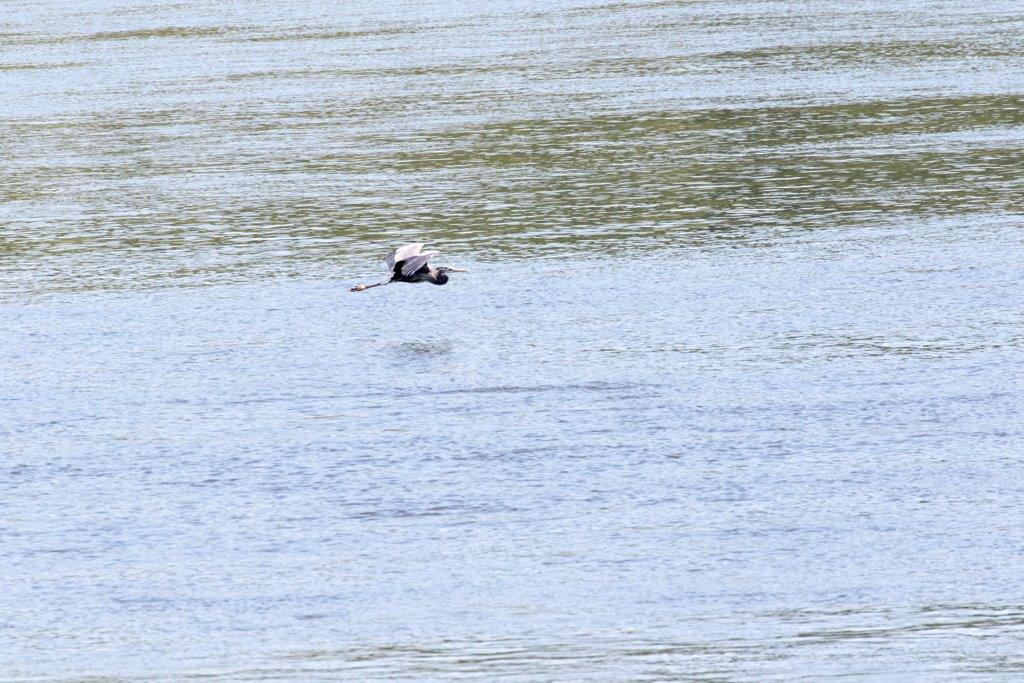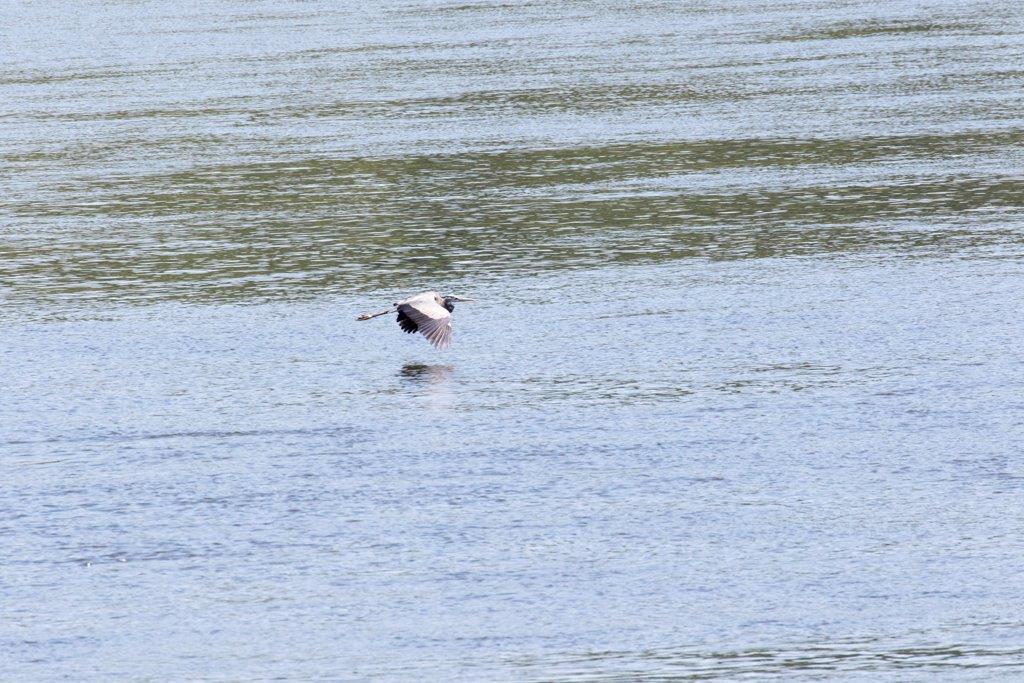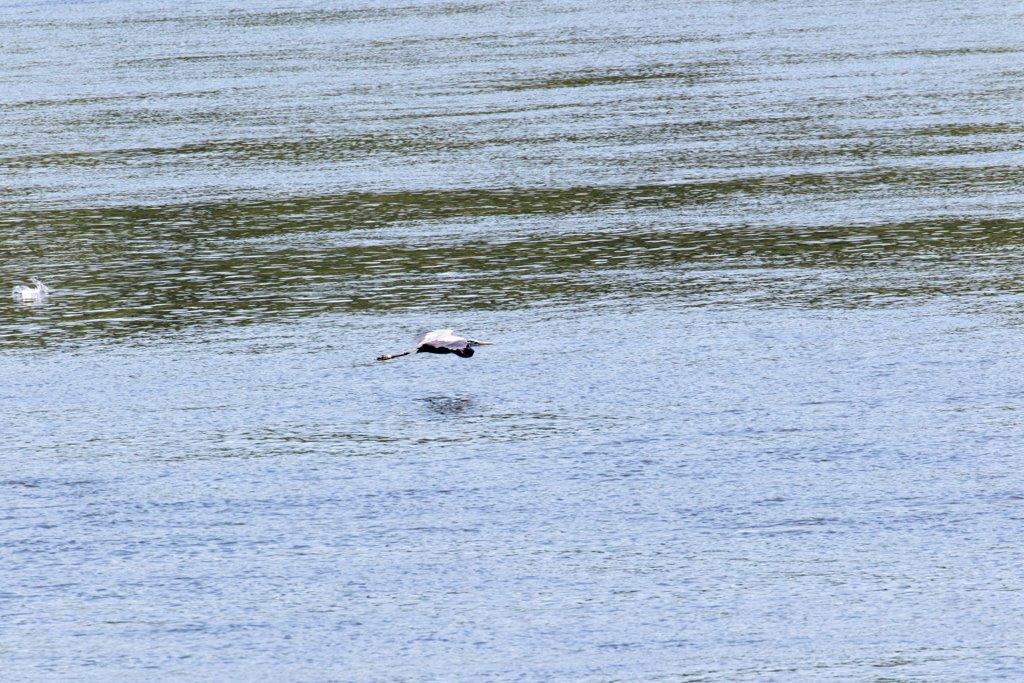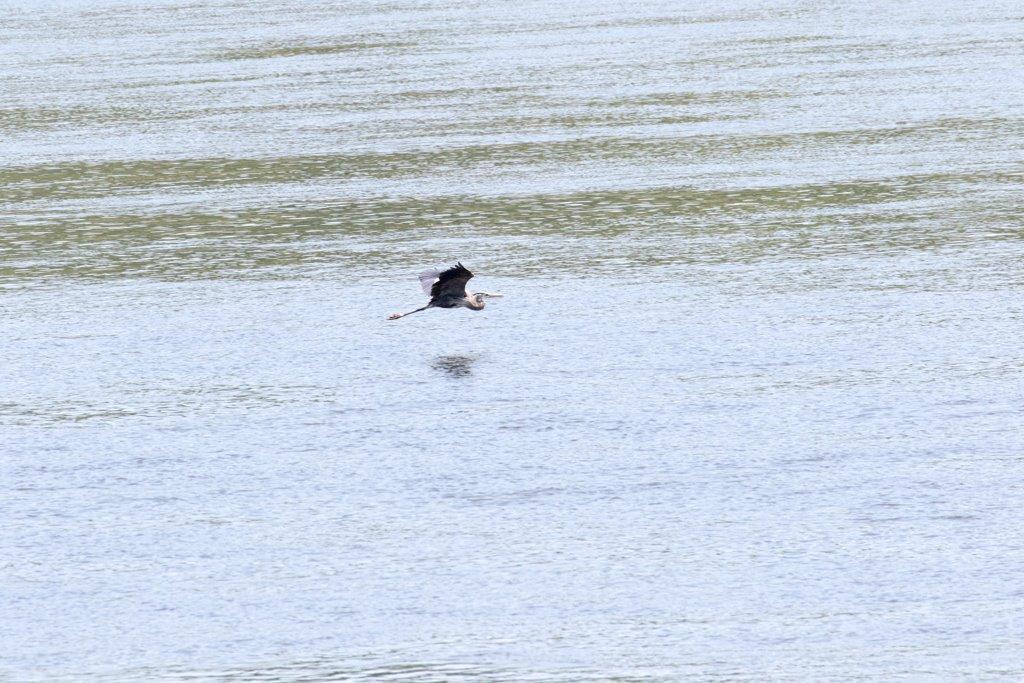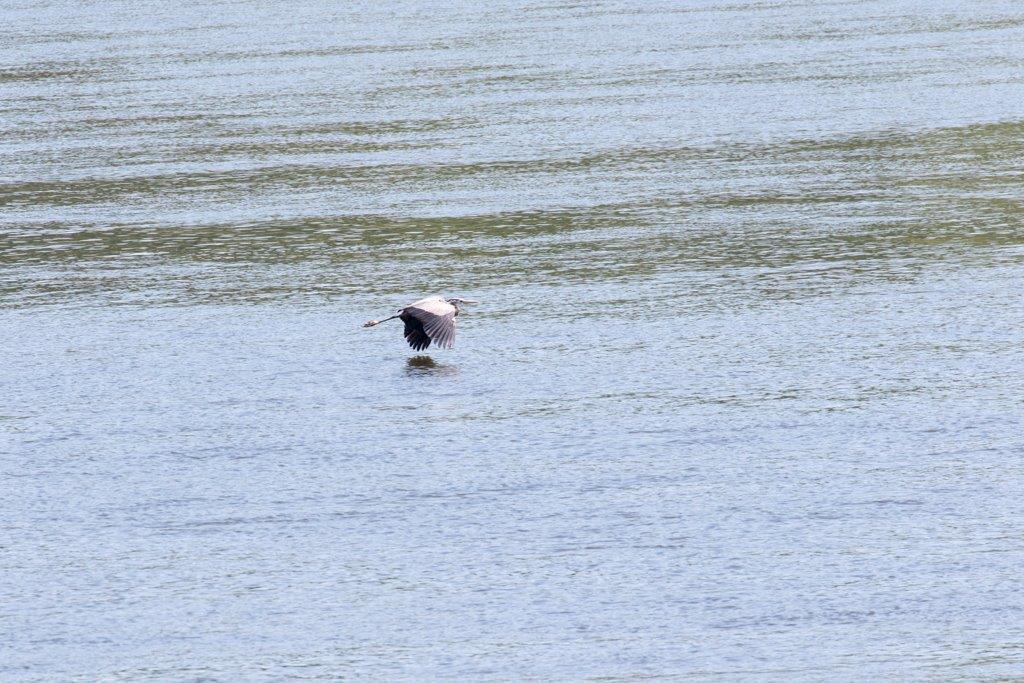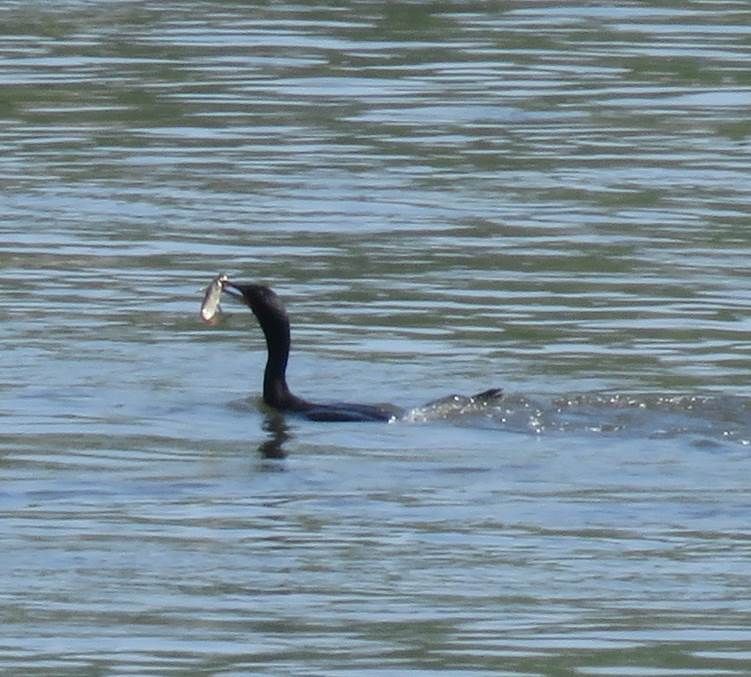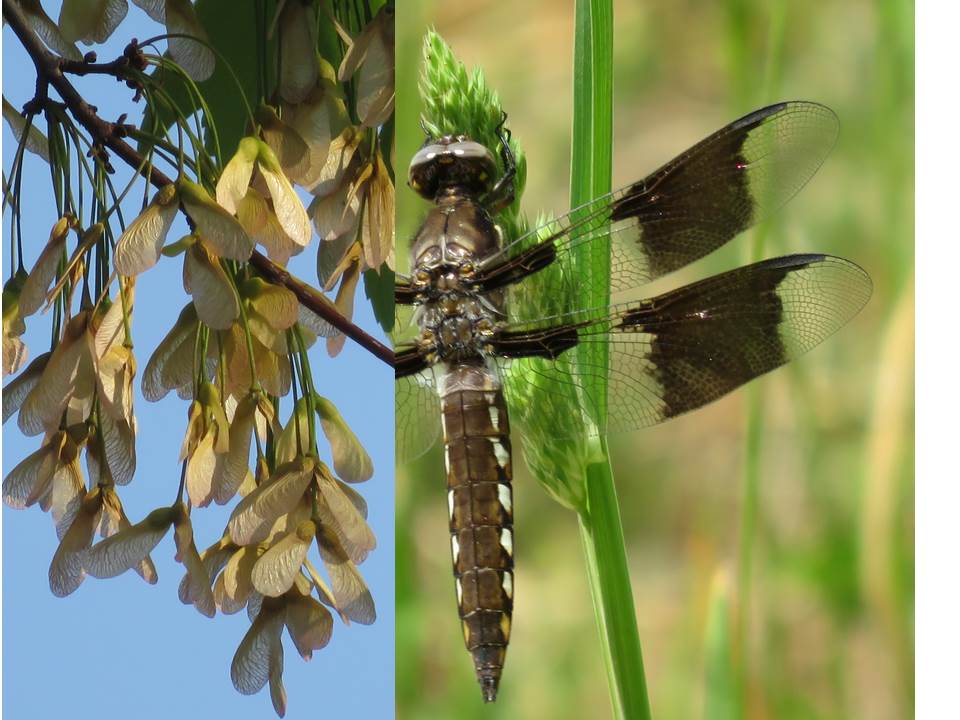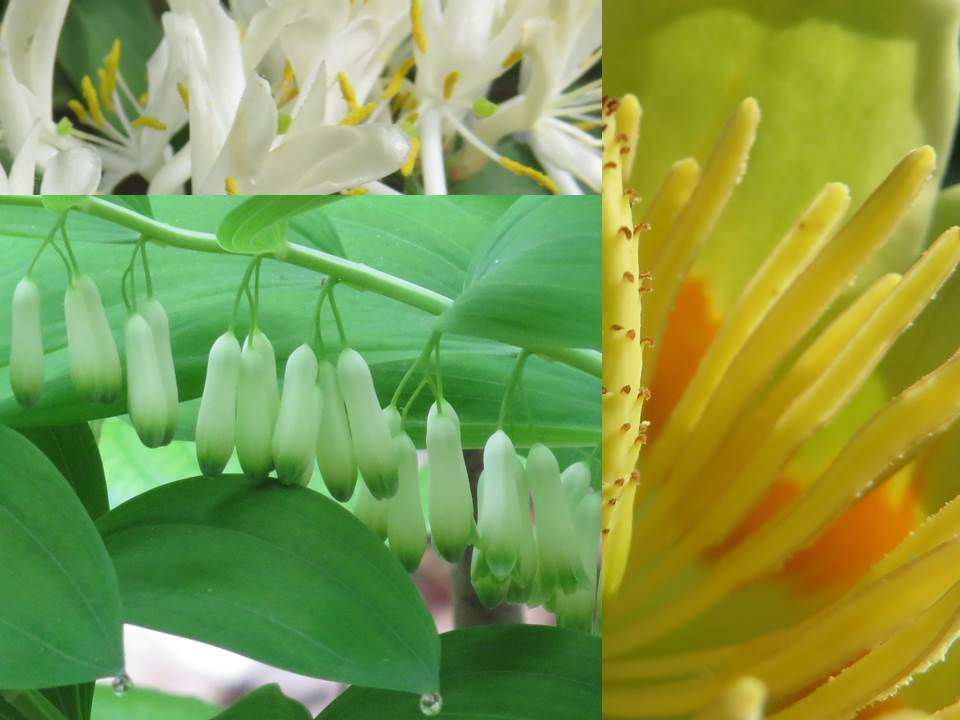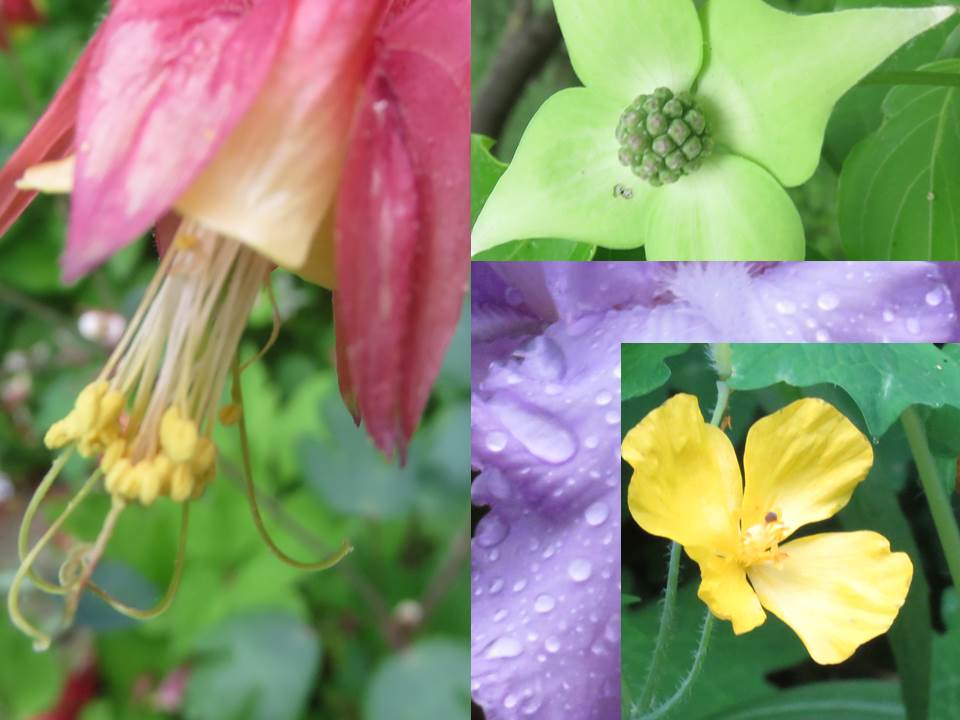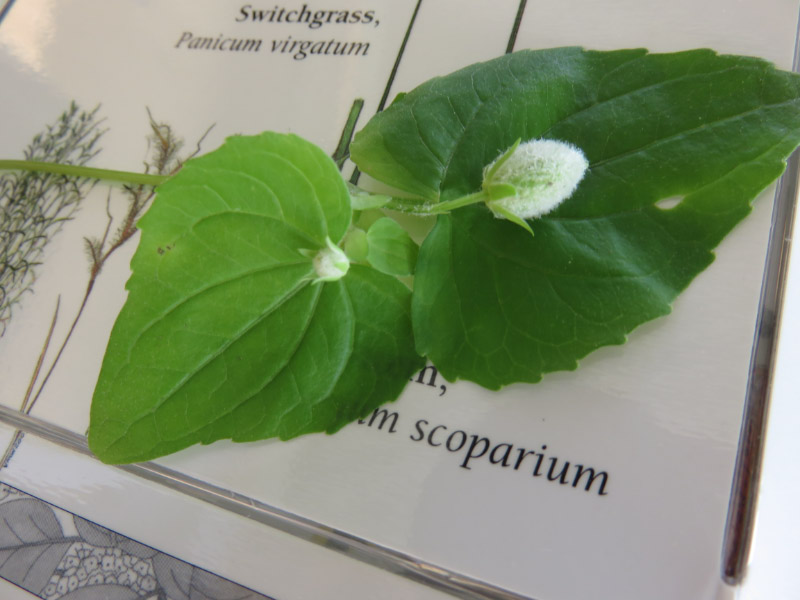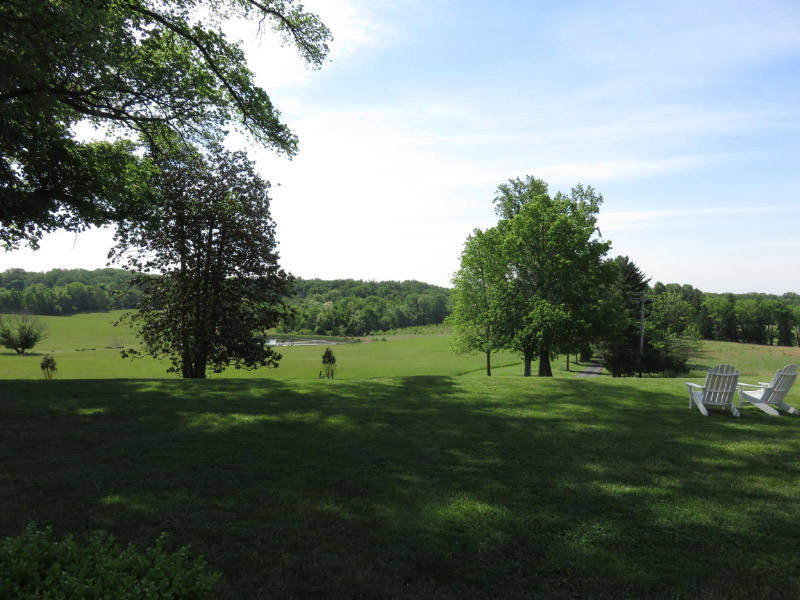Noticing something worth celebration each day is an easy thing for me to do. The habit of writing it down reminds me to be grateful for these and a myriad of other things in my life. Here are my top 10 for the earlier days of May 2015.
Brighton Dam Azalea Garden. For a few weeks every year - the gates open to a wonderland of flowering azalea bushes and dogwoods. The tall trees make it a shady cool area even as the temperatures get warmer. It is usually at its best for Mother’s Day.
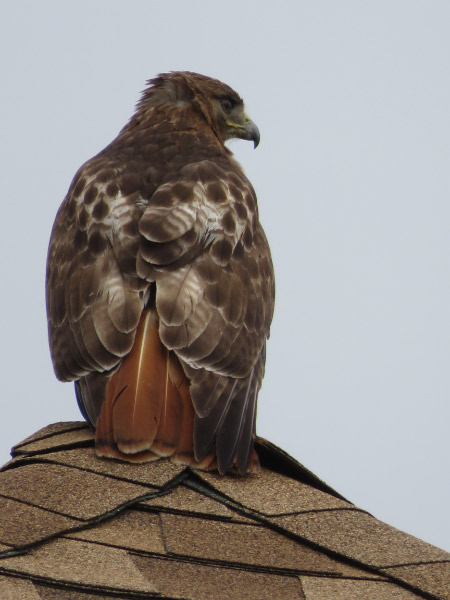 Red Tailed Hawk at Belmont. The first day of BioBlitz there was a red-tailed hawk that watched from a perch tall in a sycamore for the arrival of the first student. What a beginning to the event!
Red Tailed Hawk at Belmont. The first day of BioBlitz there was a red-tailed hawk that watched from a perch tall in a sycamore for the arrival of the first student. What a beginning to the event!
Bald Eagles at Conowingo Dam. I’ll do a post later with more about our day trip to Conowingo. There were at least 10 eagles feeding on fish come from the flow from the hydroelectric generation dam….and there were great blue herons, cormorants, tree swallows, and black vultures too….and that was just what I immediately noticed.
Whooping Crane lecture at Patuxent National Wildlife Refuge. Do you see a theme? I hadn’t noticed how many of my ‘celebrations’ this month included large birds until I put this list together. The birds are hatched and prepared for release at Patuxent. It was interesting to understand how the researchers and volunteers disguise themselves so that the young birds don’t imprint on the human form as ‘parent.’ I’m glad they’ve had enough success to celebrate.
National Arboretum. Every time we go there is something new to see….and old favorites. I celebrated that I recognized an Eastern Towhee in the leaves there during the visit this month.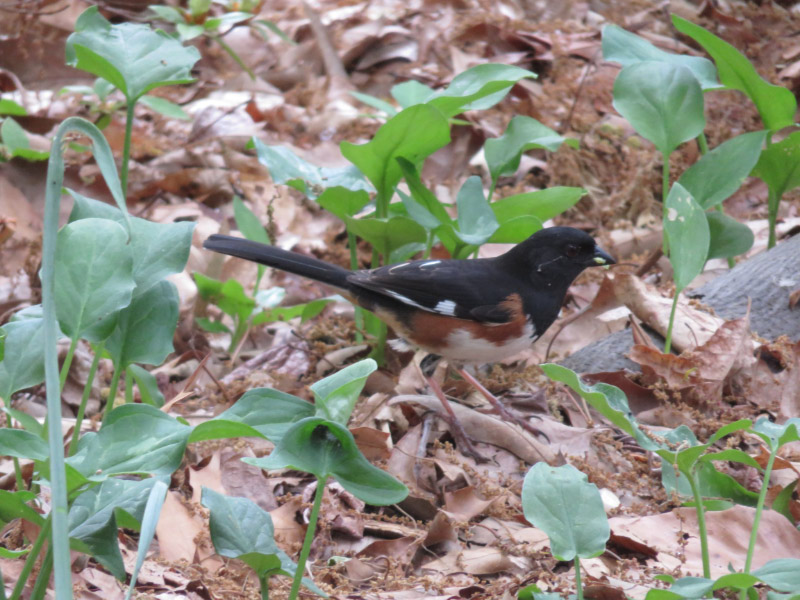
Strawberries. A quart of strawberries was the first offering of my Gorman Farms CSA (Community Supported Agriculture) membership. They were eaten before I thought to take a picture! The berries freshly picked from local fields always taste better than the ones from the grocery store. They evoke memories of previous springs and other strawberry fields….finding the berries among the green leaves…taste treasures.
No cavities. I had a dental appointment and was pretty sure a filling was going to need to be replaced because a small piece had chipped off leaving a small divot in the front surface of the tooth (no sensitivity or discoloration). But the dentist decided to just watch it! Hurray!
Volunteering for nature fieldtrips and BioBlitz. Seeing the wonder of discovery in the outdoors from a child’s perspective is awe inspiring. It happens almost every hike I lead…every time I assist I give to identify a ‘find’ ---- celebrating the wonder of children in the natural world.
Rain---finally. We are at close to average for precipitation in our area right now but I noticed a dry spell when I had to fill the bird baths and water my deck garden….but then we started having some afternoon showers. One of them caused a rainbow too.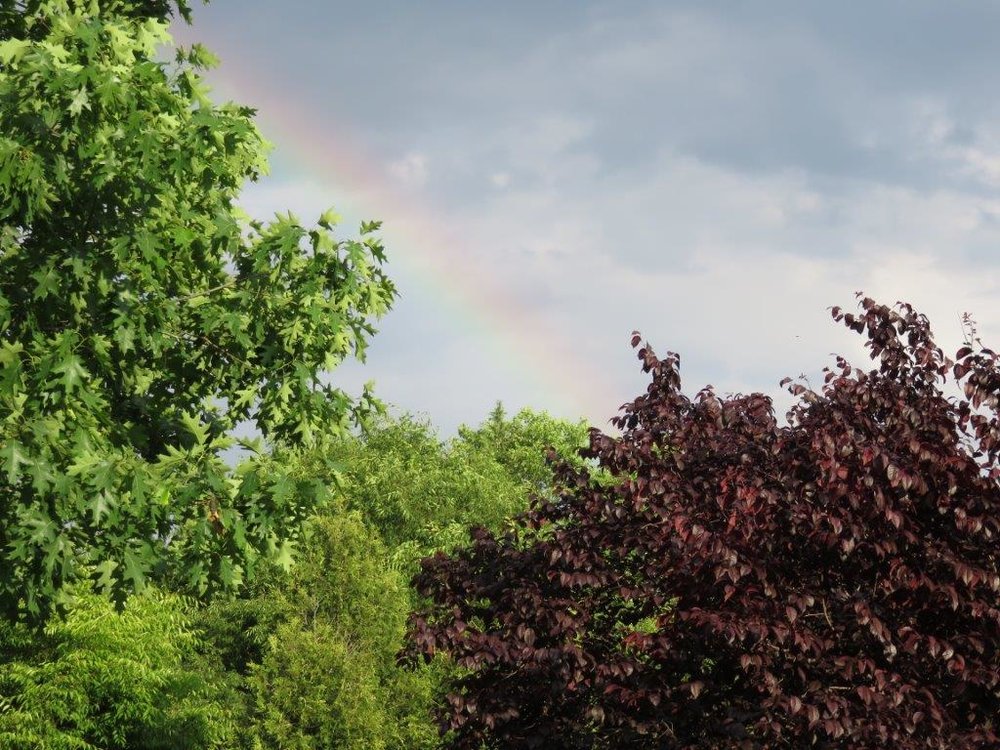
A last cool day before summer. The forecast is for 90 degree days this coming week but the Memorial Day weekend had cool mornings….and we savored the perfect weather for being outdoors.
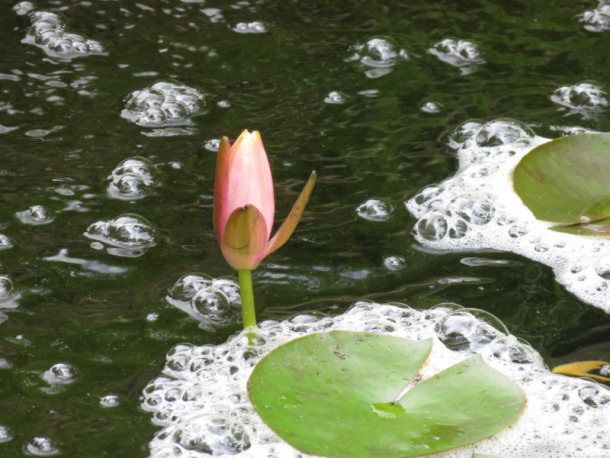

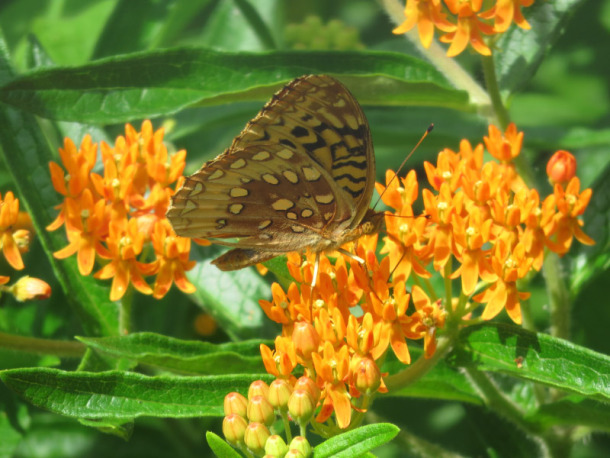
 I was thrilled that a bluebird stayed on a branch long enough to be photographed.
I was thrilled that a bluebird stayed on a branch long enough to be photographed.